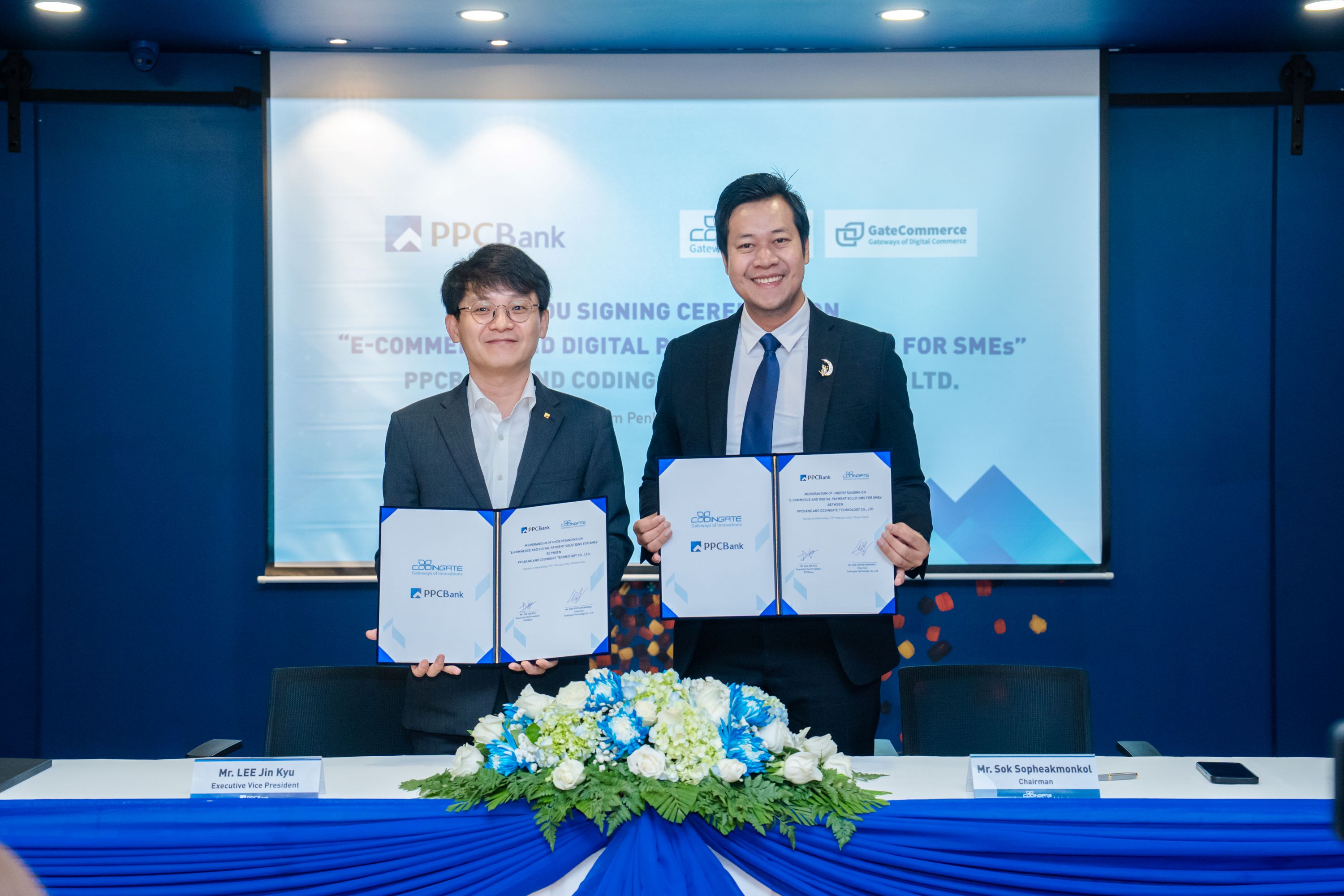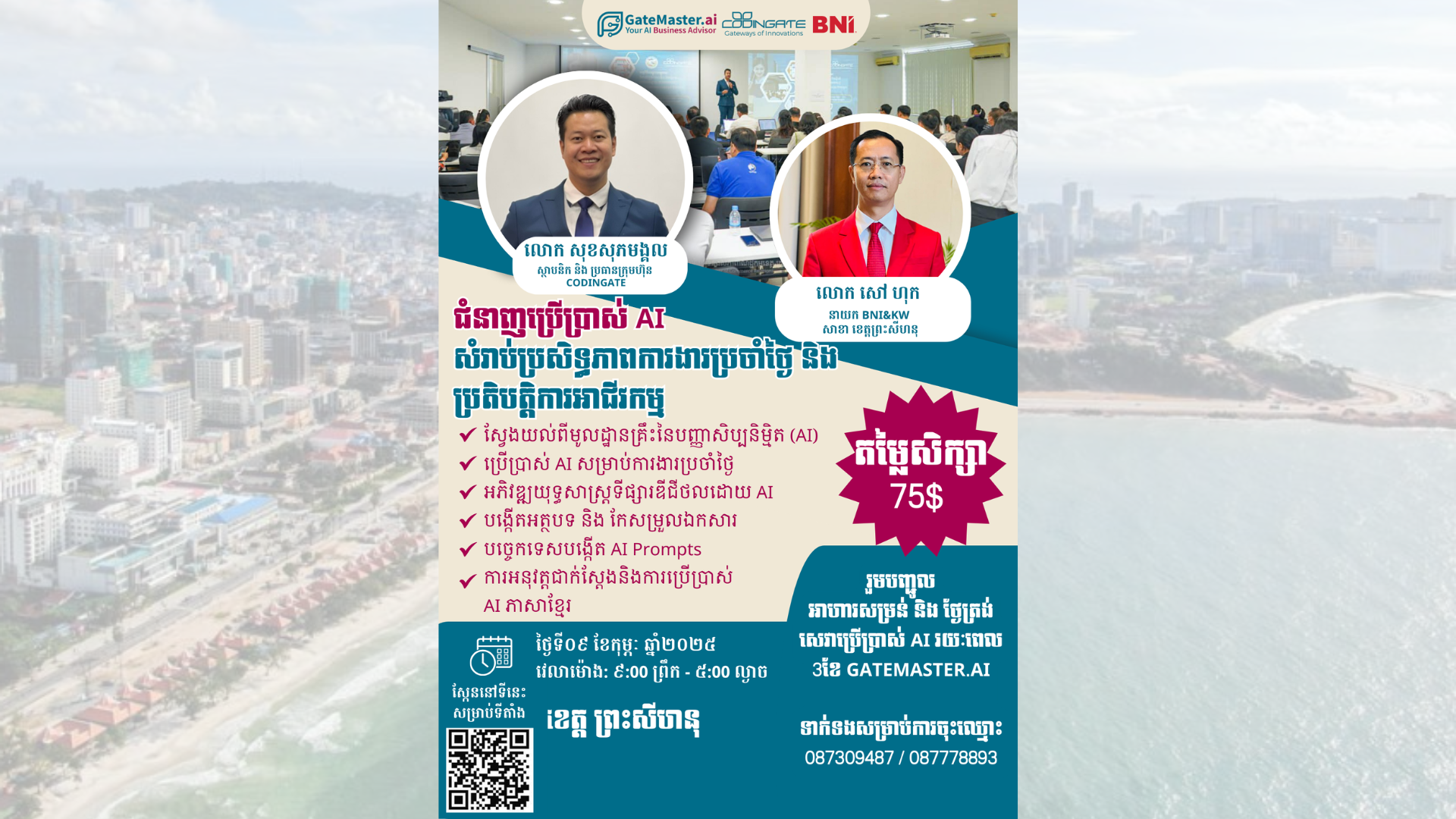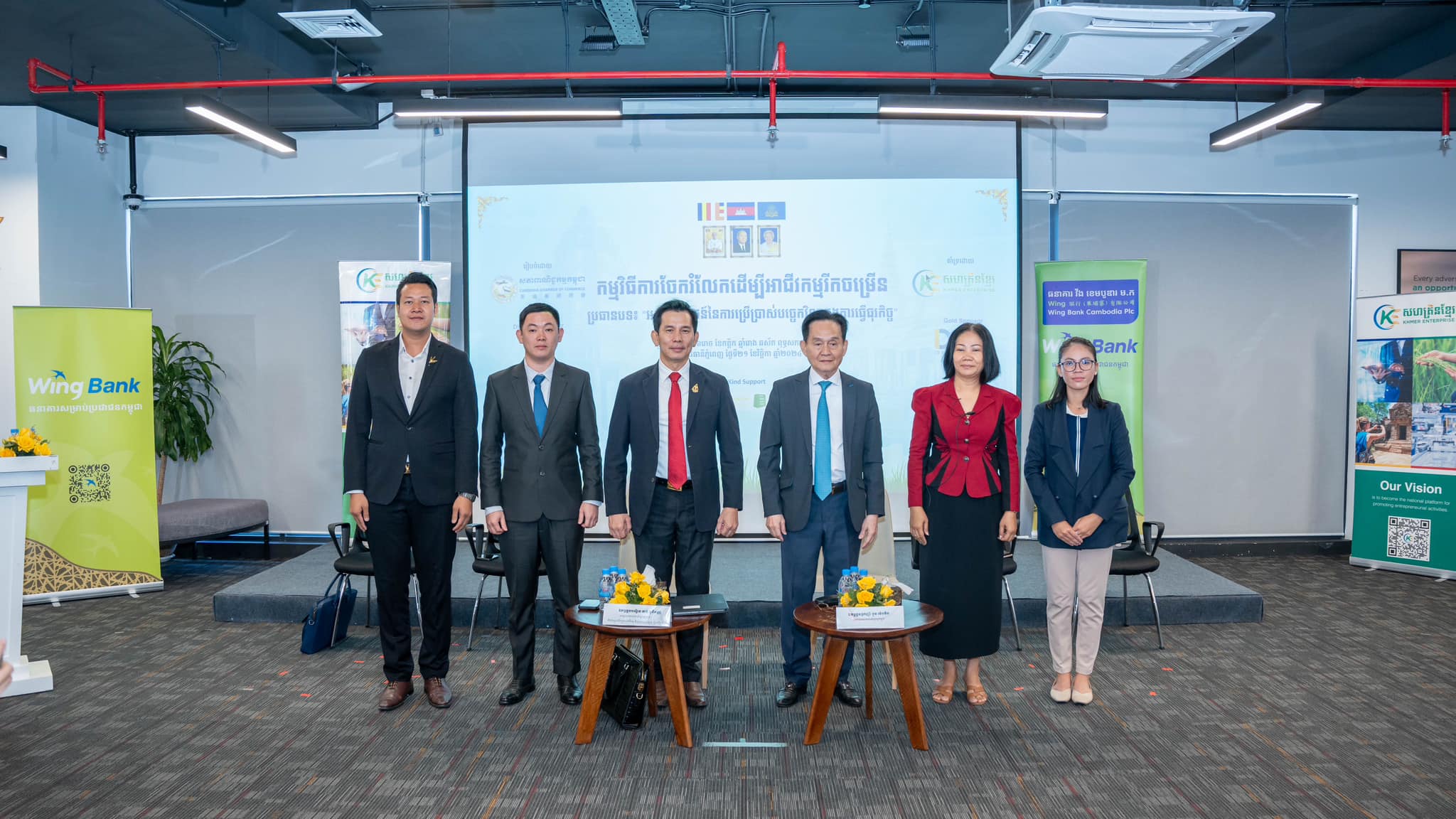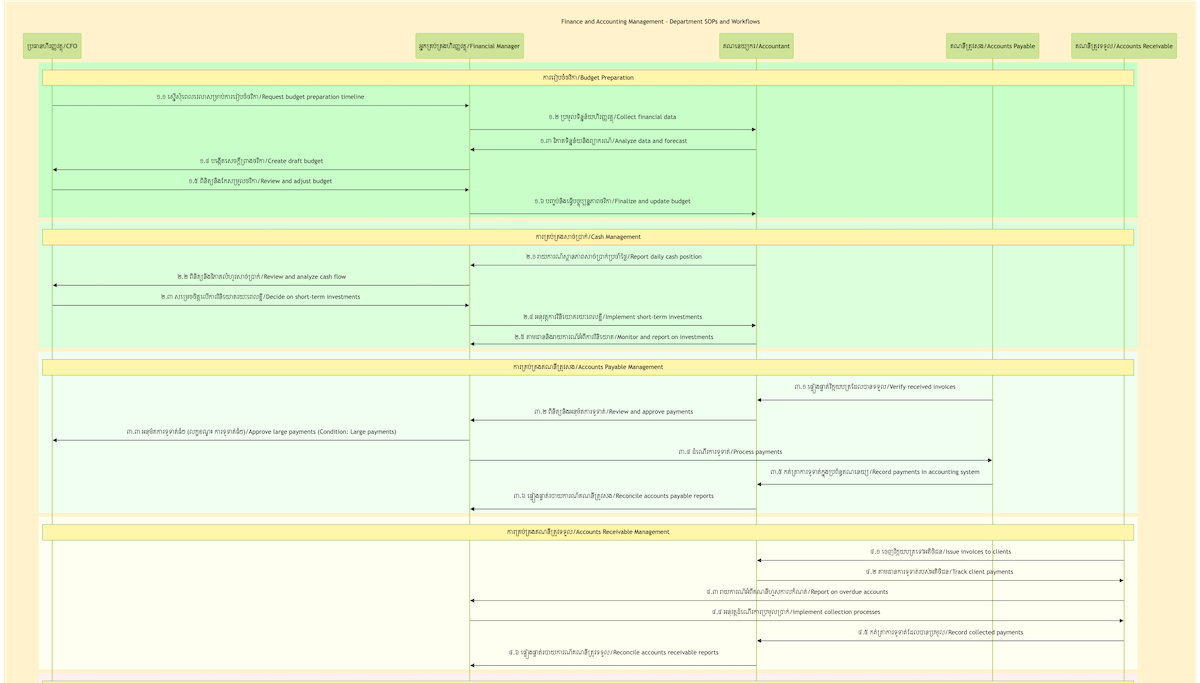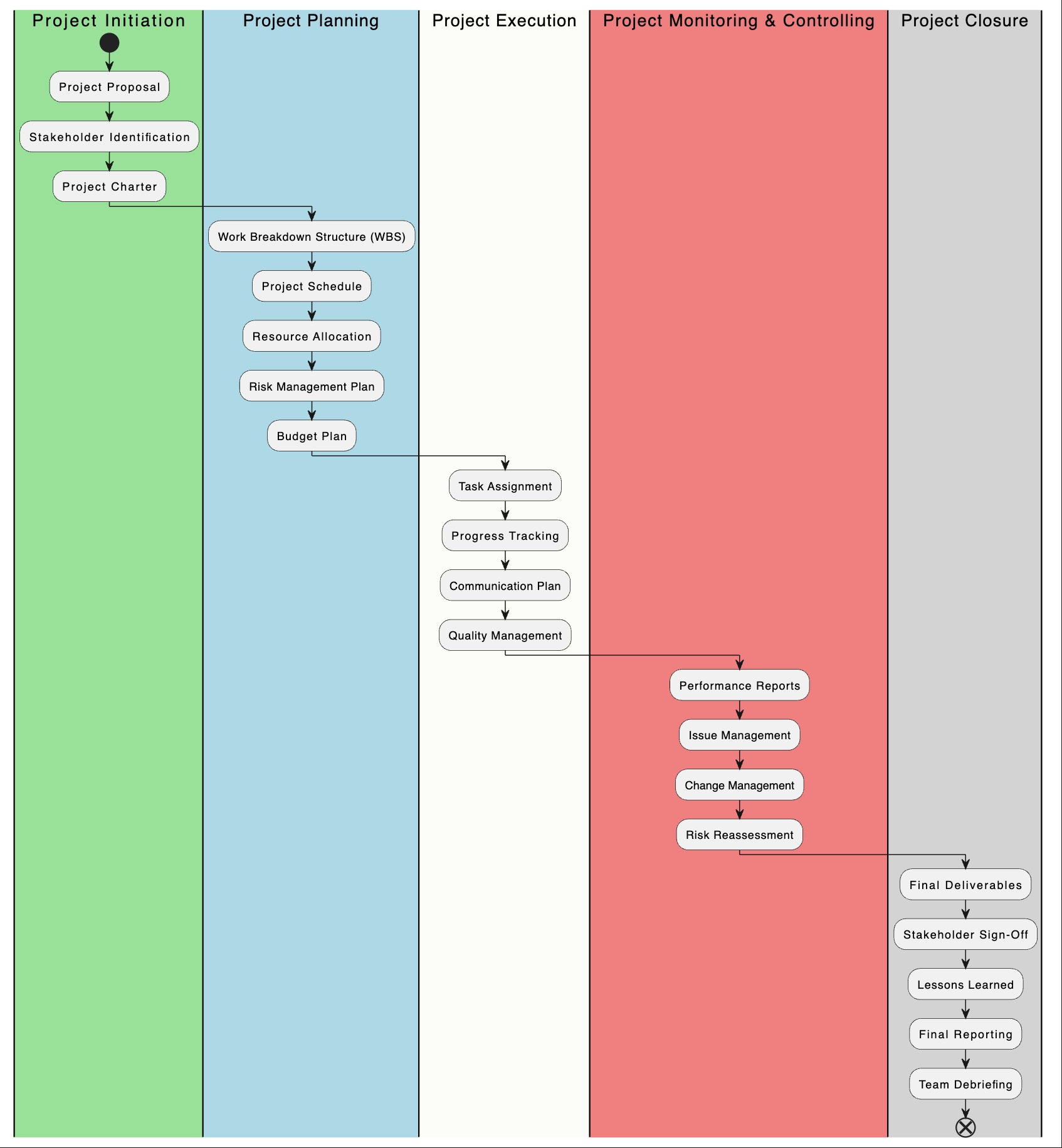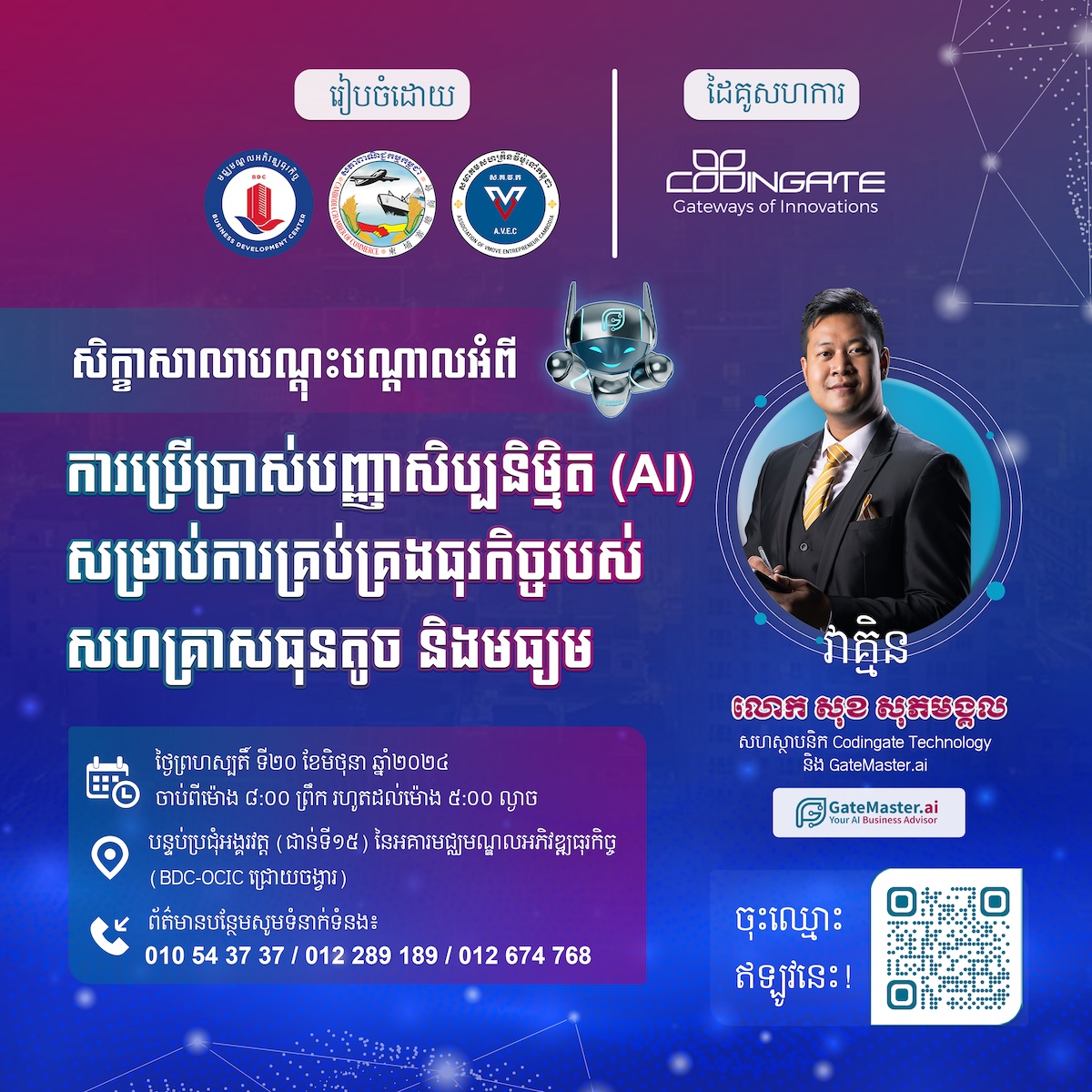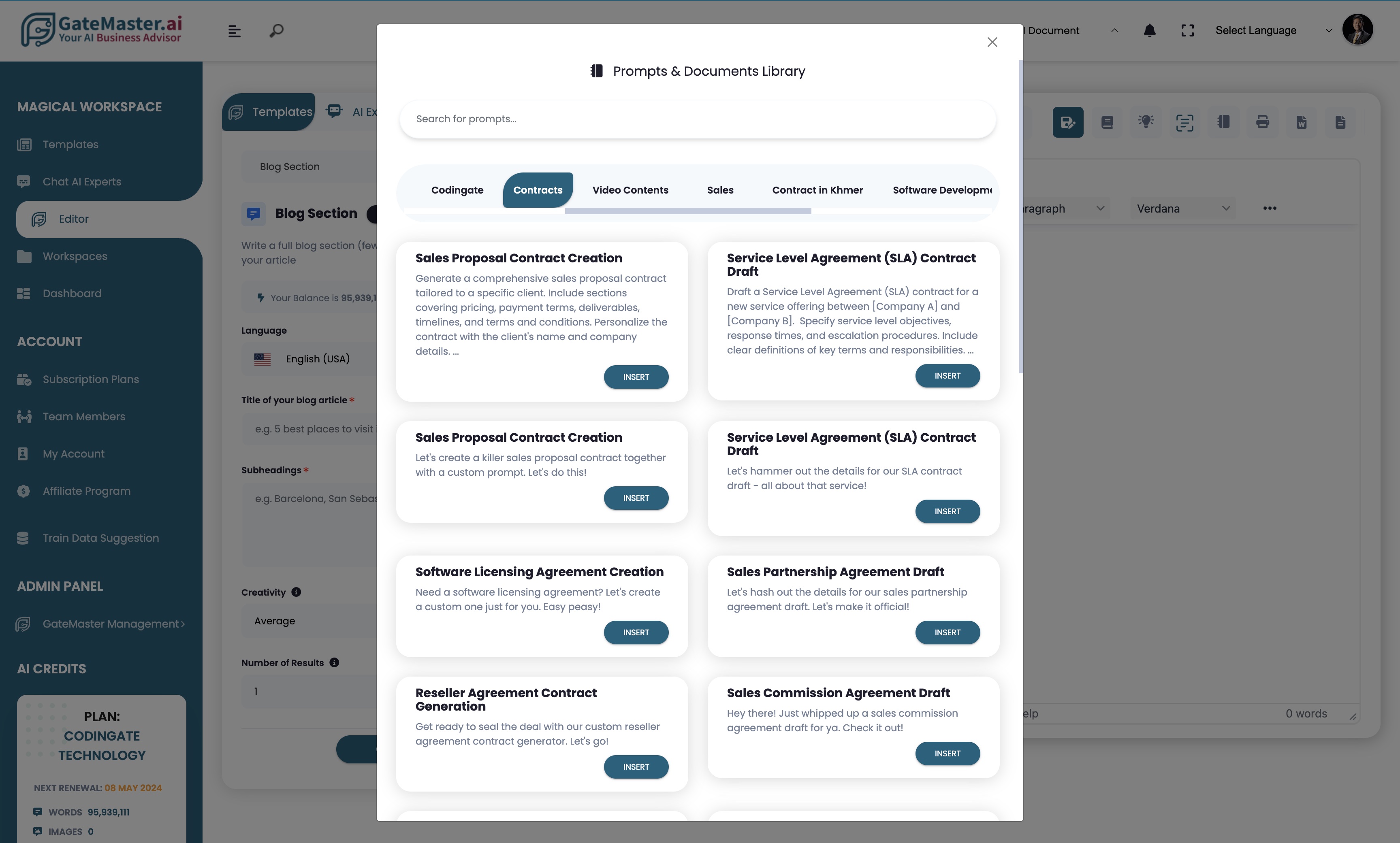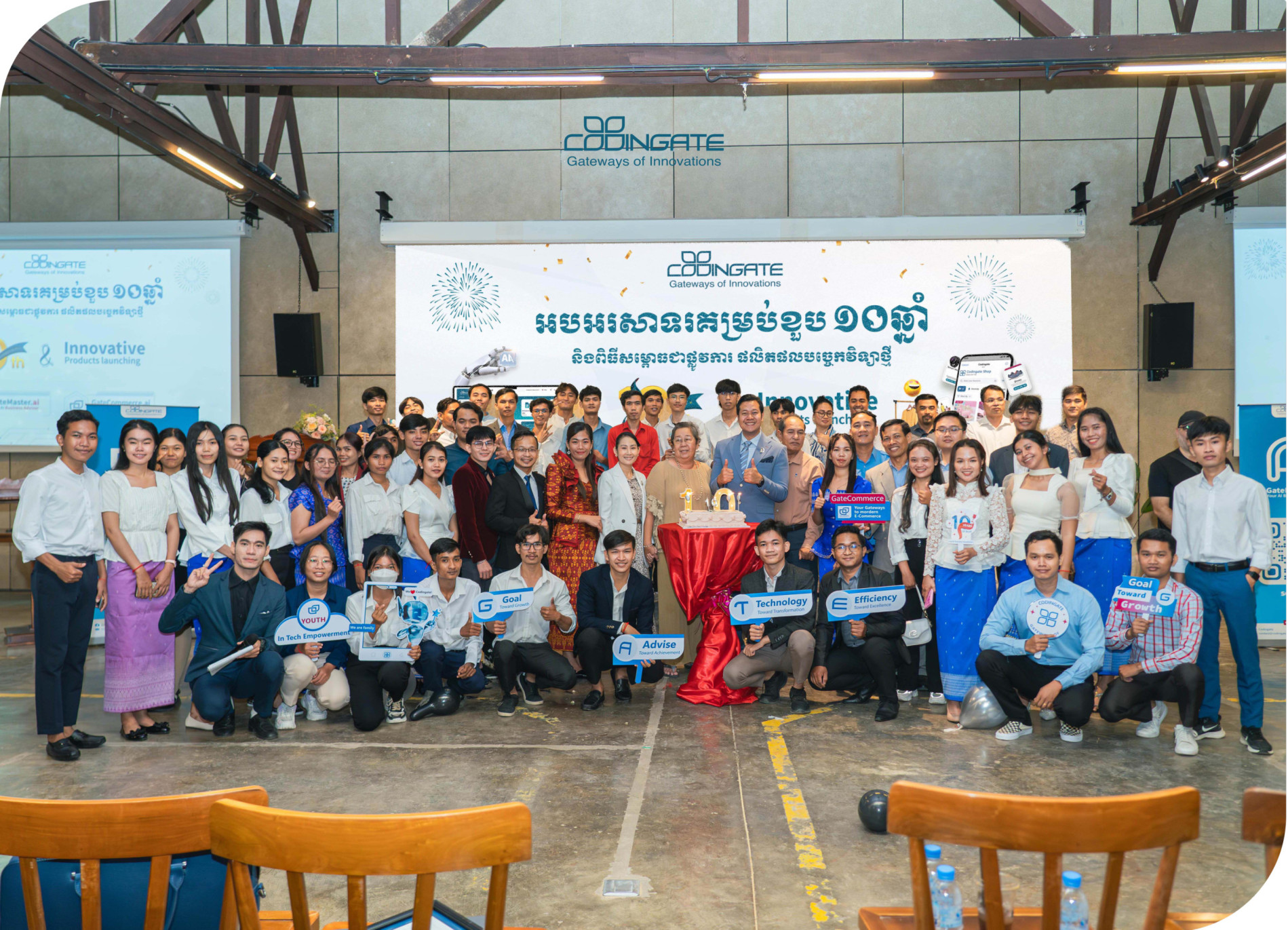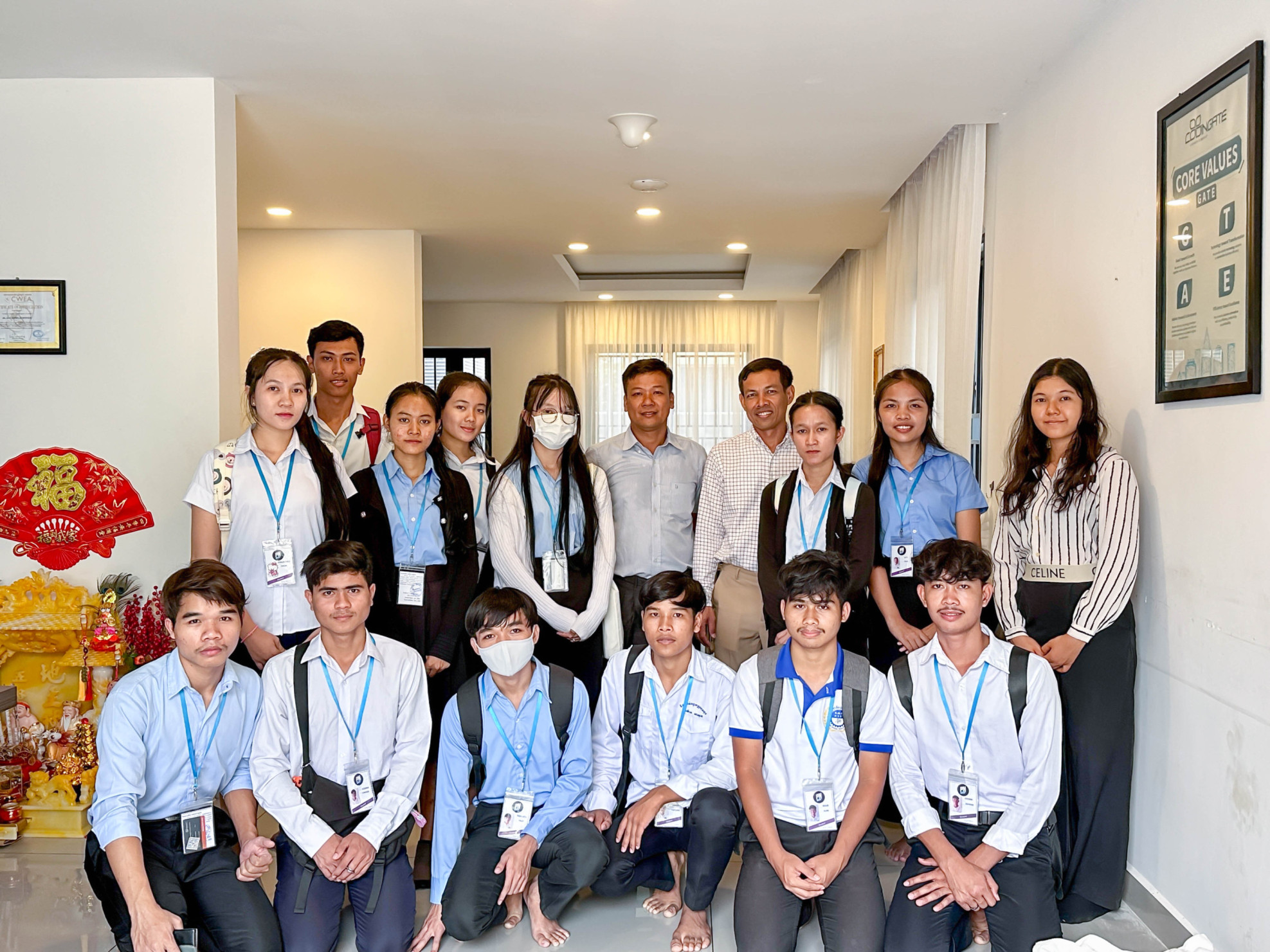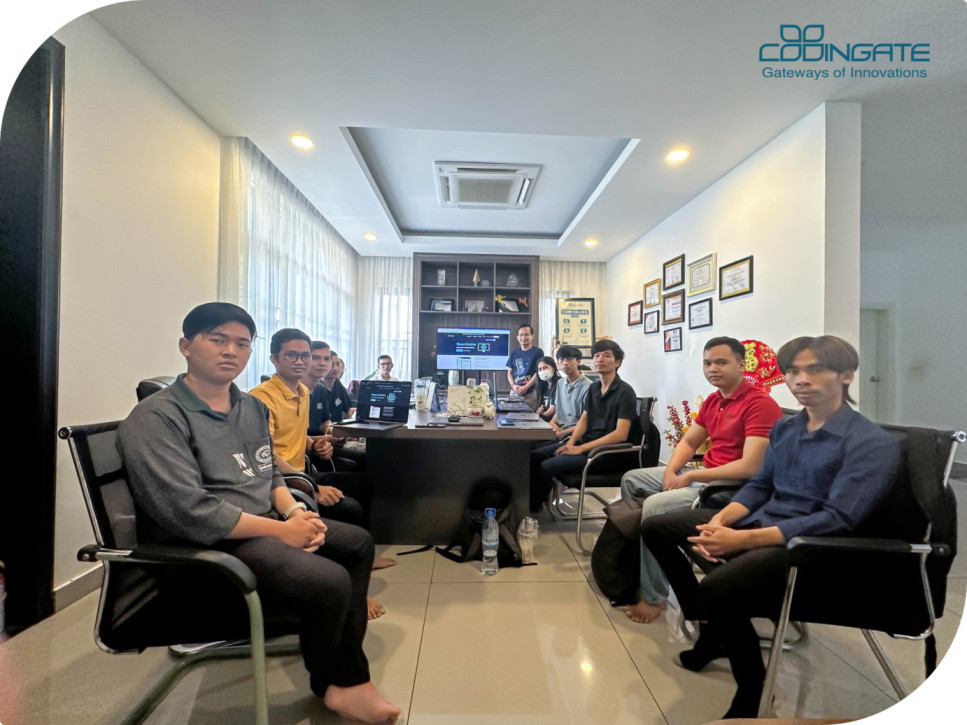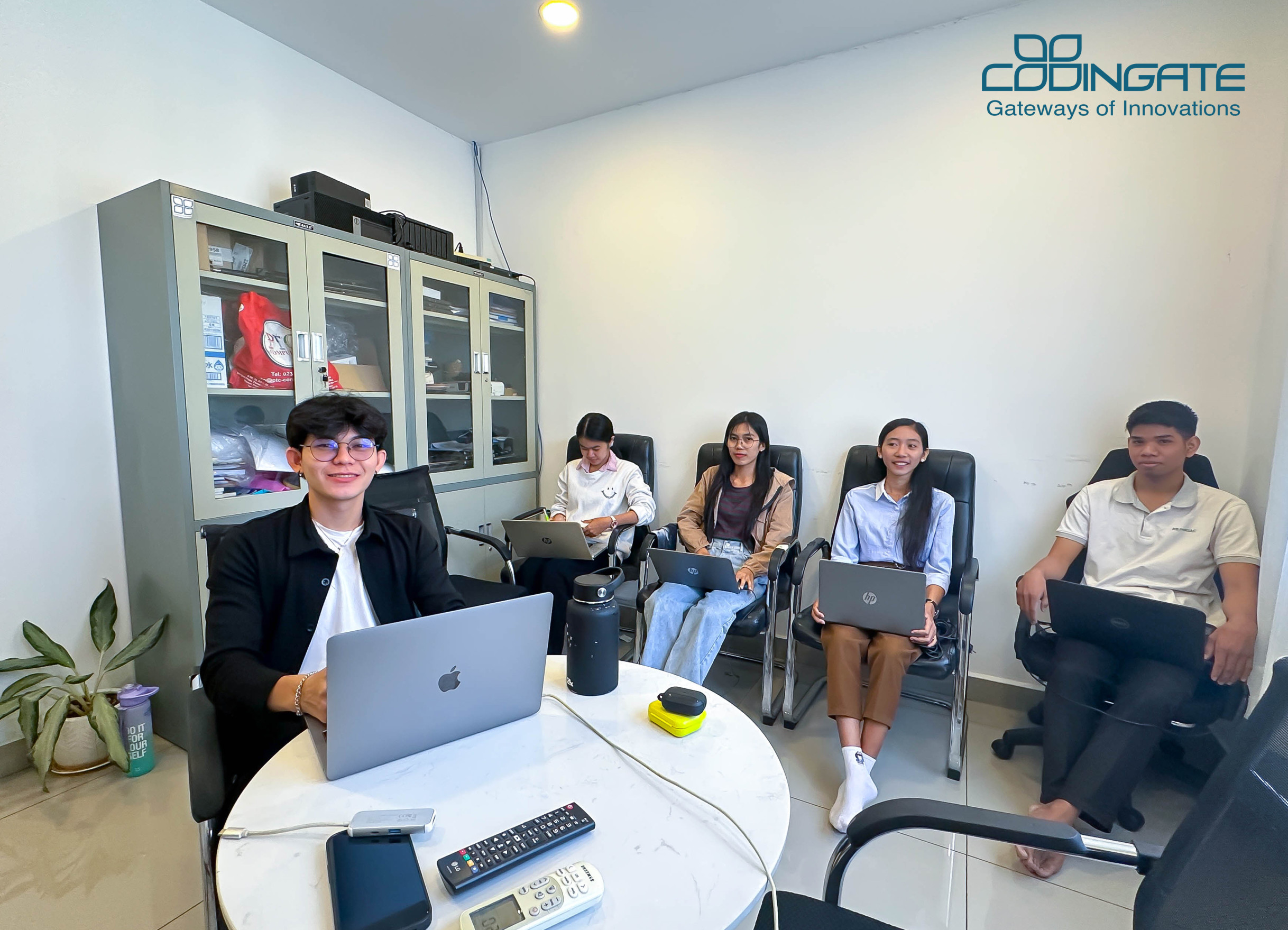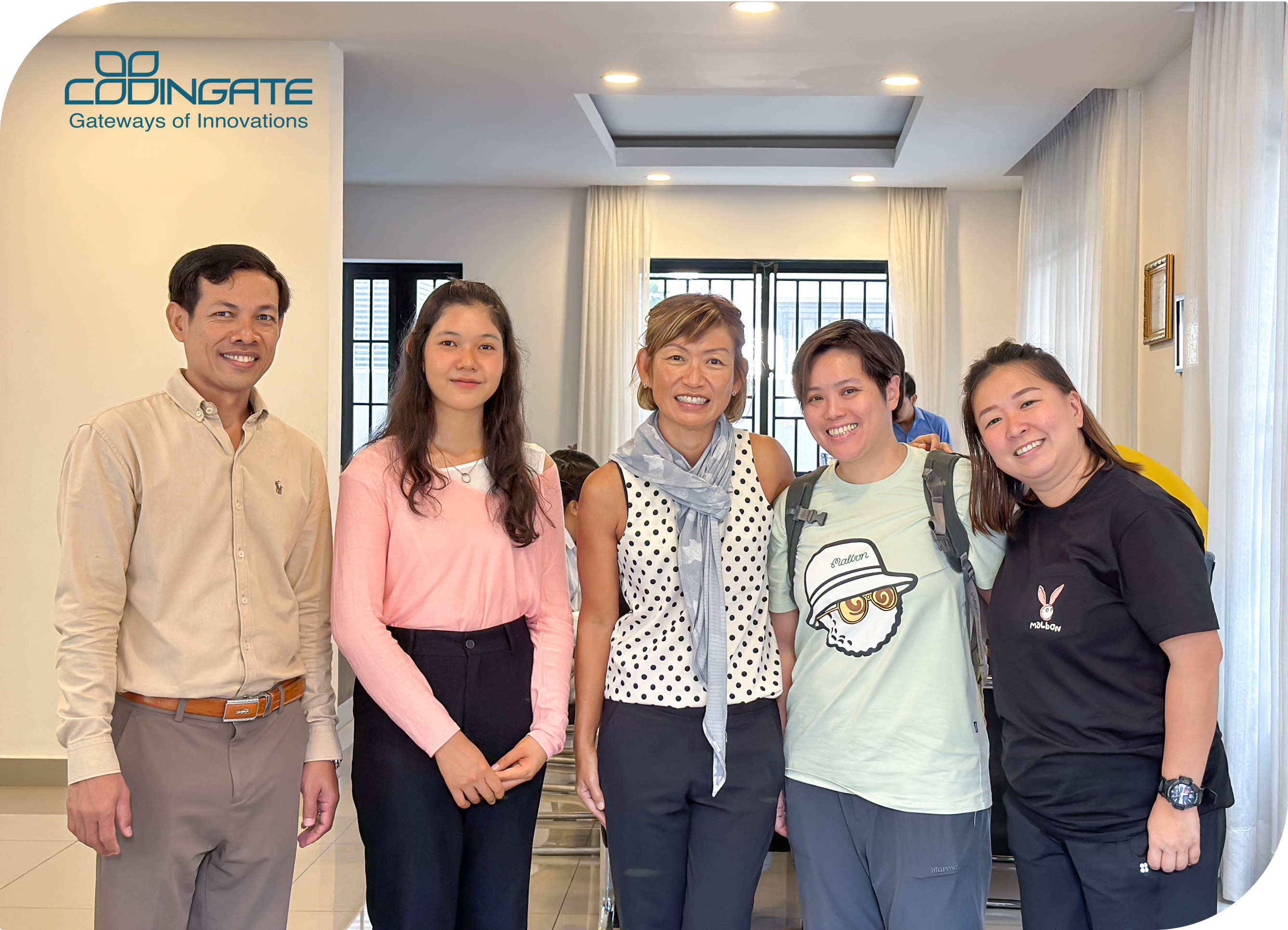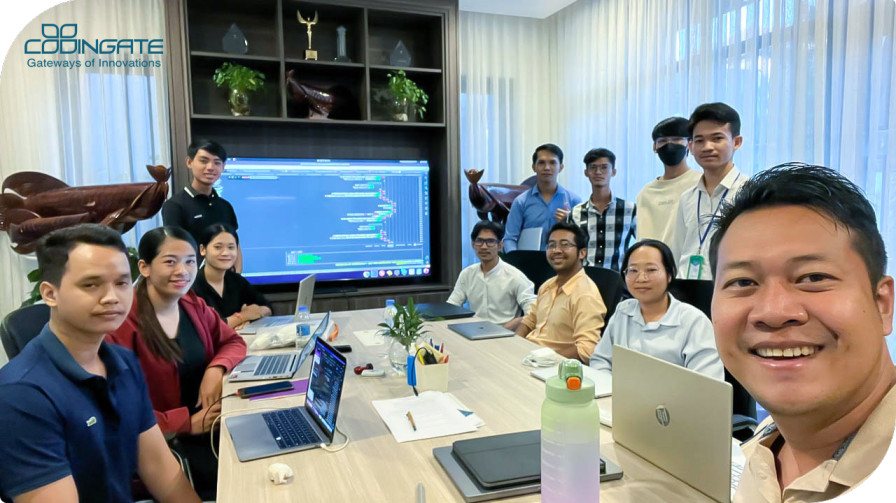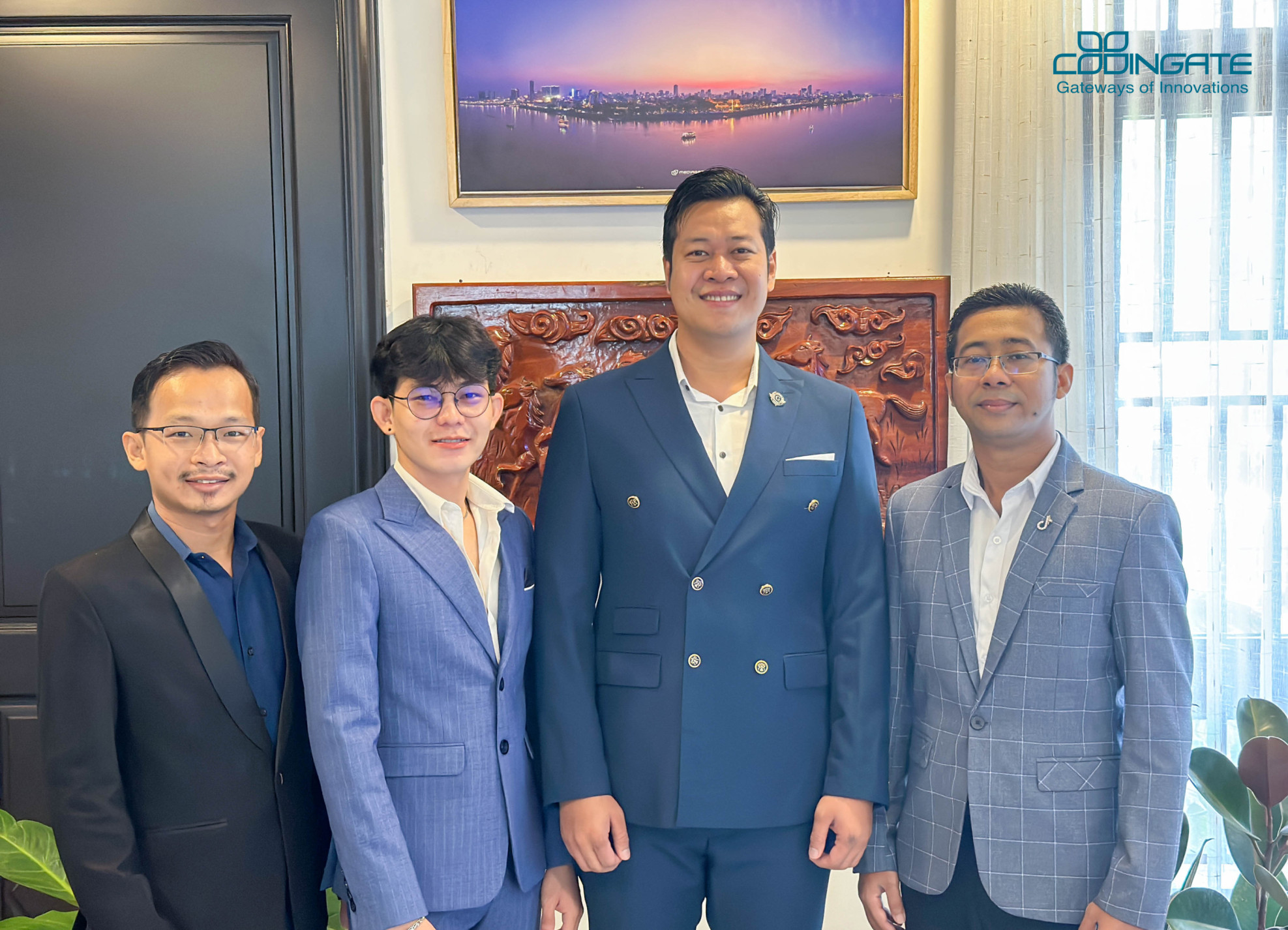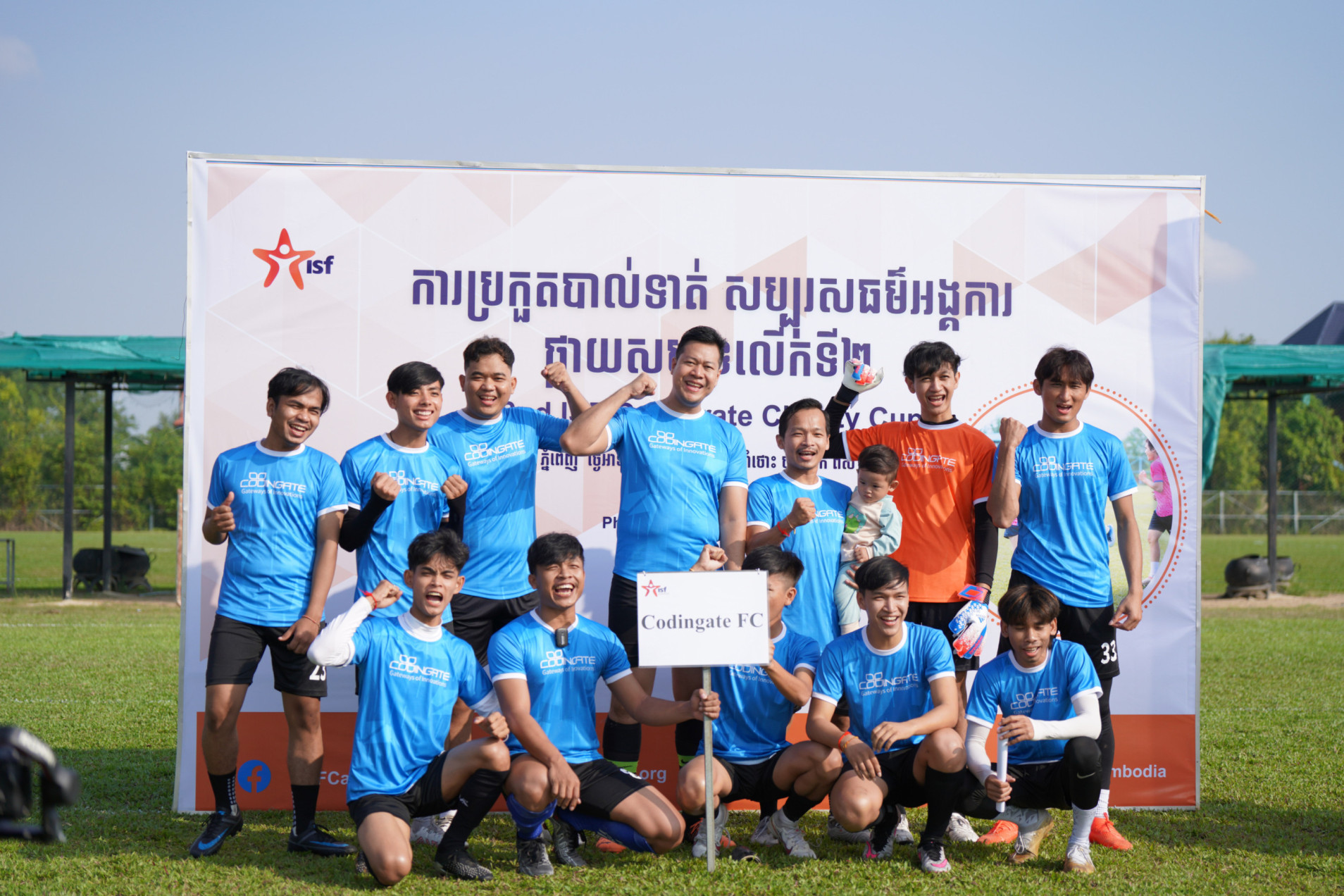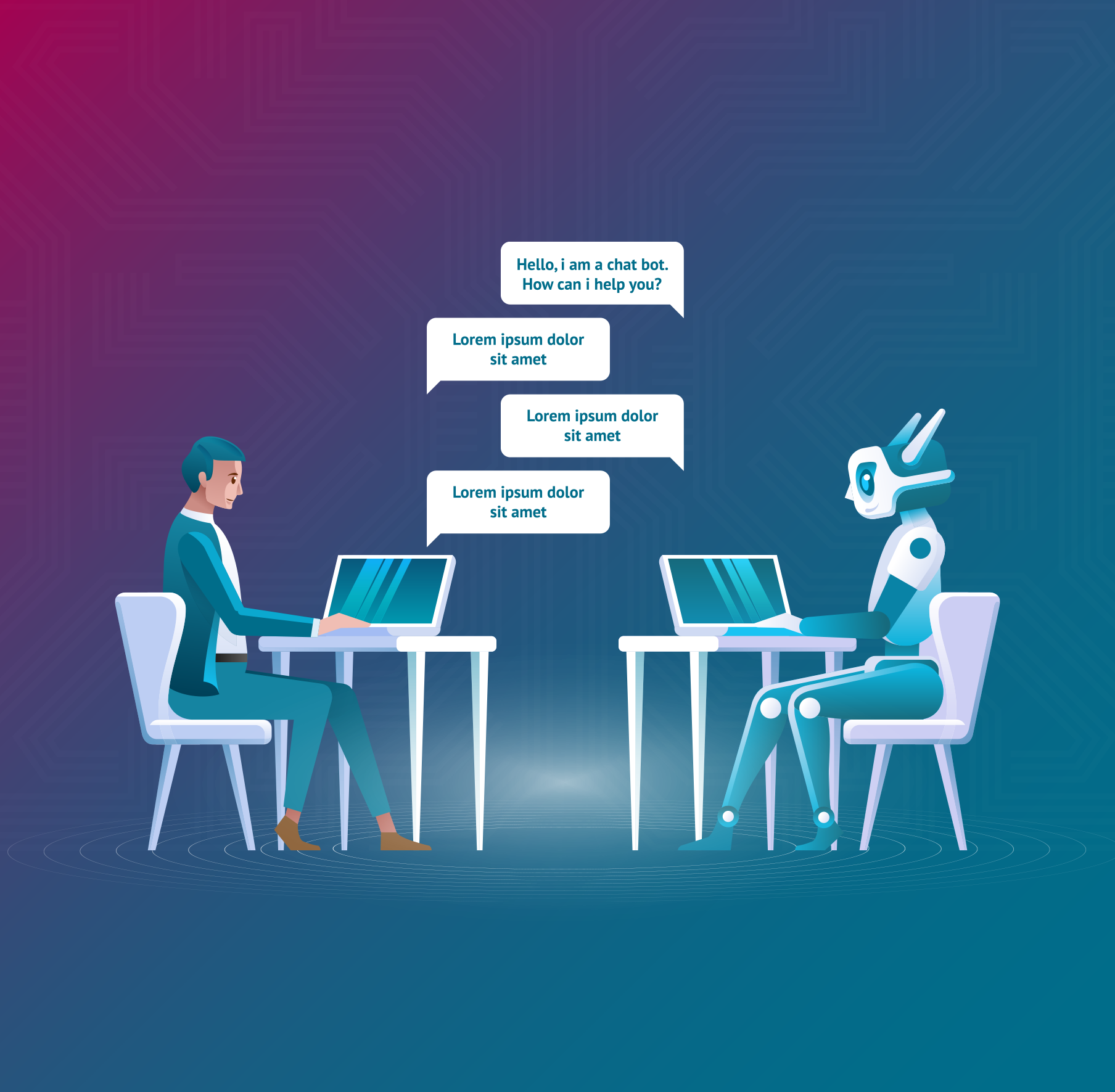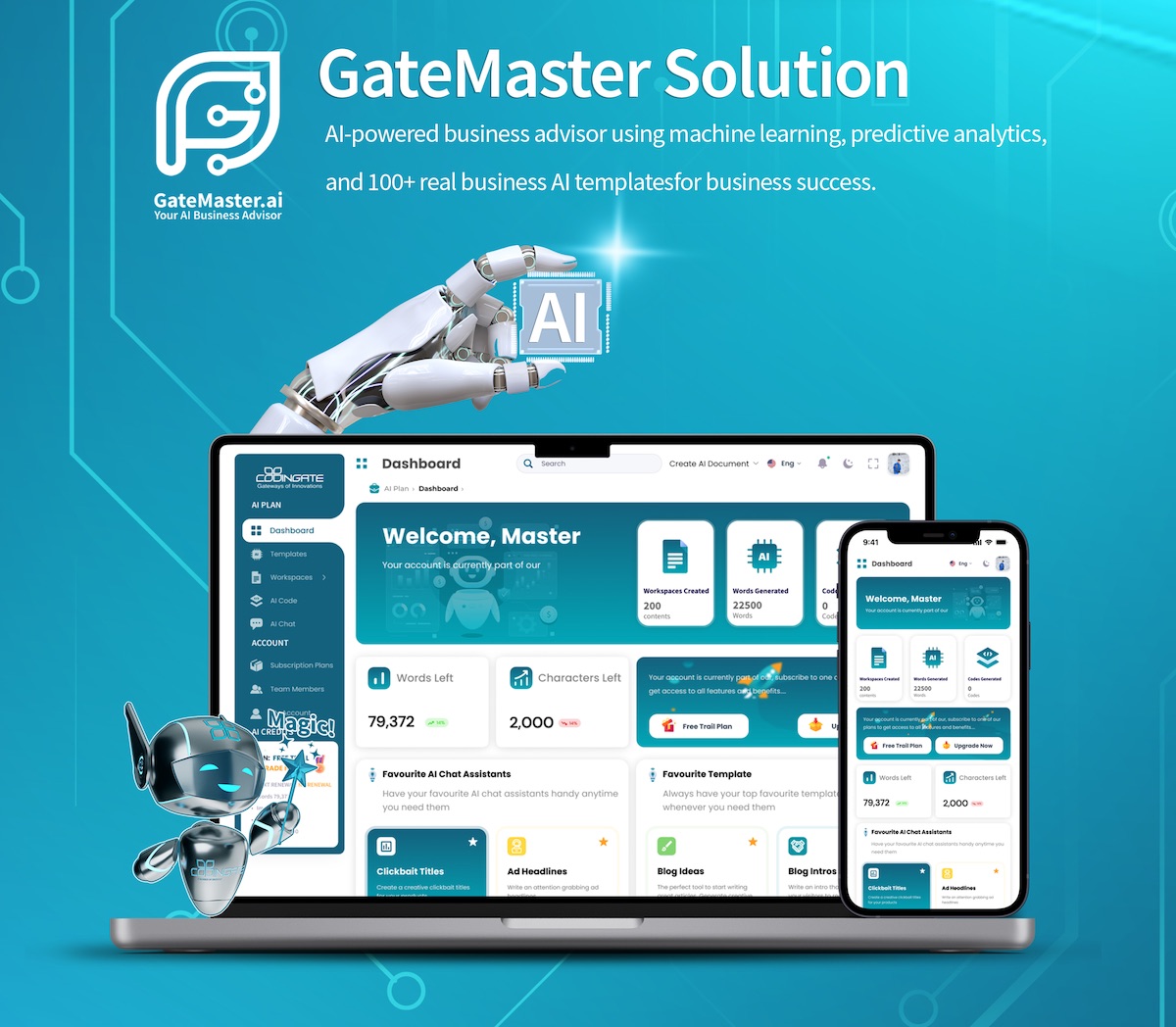Master with AI for Human Resource Management
![]() GateMaster.ai
/
July 14, 2024
GateMaster.ai
/
July 14, 2024

Prepared By: SOK Sopheakmonkol, Co-Founder and CEO of GateMaster.ai
In today's fast-paced, ever-evolving business landscape, the Human Resource (HR) department stands as the cornerstone of organizational success. From talent acquisition to employee engagement, HR professionals face a myriad of challenges that require efficient and effective solutions. Enter the era of Artificial Intelligence (AI) – a game-changer that promises to transform the way HR functions operate.
Imagine having a series of comprehensive, AI-generated prompts at your disposal, tailored specifically for various HR functions. These prompts are not just tools; they are strategic assets designed to optimize HR operations, improve decision-making, and enhance management practices. Whether you're looking to streamline recruitment processes, boost employee satisfaction, or make data-driven decisions, AI-generated prompts can provide the insights and guidance you need. Below is full Human Resource Management Cycle Workflow in swinlane diagram.
Join us as we delve into the world of AI in HR, exploring how these innovative prompts can revolutionize your department, drive efficiency, and ultimately, contribute to the overall success of your organization. Welcome to the future of Human Resources – intelligent, intuitive, and incredibly impactful.
Recruitment and Onboarding
Job Description Crafting
-
Create a comprehensive list of job duties to ensure candidates understand what the role entails.
- Title and Responsibilities: Generate a clear and engaging job description for [Job Title] outlining primary responsibilities and expectations.
-
Highlight must-have qualifications to attract candidates with the right background.
- Required Skills and Experience: Create a job description for [Job Title] that emphasizes required skills and past experience needed for success.
-
Emphasize aspects of company culture to attract candidates who align with organizational values.
- Cultural Fit: Craft a job description for [Job Title] highlighting the company culture and desired cultural fit.
-
Use inclusive language to broaden the candidate pool and attract diverse applicants.
- Inclusion and Diversity: Write a job description for [Job Title] aimed at attracting diverse candidates by focusing on inclusive language.
-
Clearly outline the benefits and perks to attract top talent considering multiple job offers.
- Benefits and Perks: Create a job description for [Job Title] that details the benefits and perks offered by the company.
-
Distinguish between mandatory and preferred qualifications to streamline the selection process.
- Clear Qualification Requirements: Draft a job description for [Job Title] specifying mandatory and preferred qualifications and certifications.
-
Highlight career progression paths to attract ambitious professionals seeking growth.
- Growth Opportunities: Write a job description for [Job Title] emphasizing growth and career advancement opportunities within the company.
-
Offer a compelling company summary to generate interest and excitement among candidates.
- Company Overview: Develop a job description for [Job Title] providing an engaging overview of the company’s mission and achievements.
-
Tailor the job description to industry standards and expectations to attract relevant candidates.
- Industry-Specific: Create a position-specific job description targeting [Industry] for the role of [Job Title].
-
Emphasize unique selling points to differentiate the company from competitors.
- Competitive Advantage: Generate a job description that details what sets the company apart and why candidates should join for the role of [Job Title].
Candidate Sourcing
-
Determine suitable online platforms and job boards to reach target candidates.
- Targeting Platforms: Identify the most effective recruitment platforms for sourcing qualified candidates for [Job Title] in [Industry/Location].
-
Focus on specialized job boards to attract candidates with specific skills and expertise.
- Niche Job Boards: Recommend niche job boards for specific roles in [Technology, Healthcare, Finance, etc.].
-
Leverage social media platforms to enhance visibility and reach a wider audience.
- Social Media Strategy: Develop a social media recruitment strategy to attract high-quality candidates for [Job Title].
-
Encourage internal referrals by offering rewards for successful candidate placements.
- Employee Referral Programs: Design an employee referral program to incentivize current employees to refer suitable candidates for [Specific Roles].
-
Collaborate with specialized recruitment agencies to access a larger talent pool.
- Recruitment Agencies: Identify top recruitment agencies specializing in [Industry] to help find candidates for [Job Title].
-
Establish connections with educational institutions to tap into graduating talent.
- University Partnerships: Suggest partnerships with universities and colleges to source fresh graduates for [Entry-level Roles].
-
Maintain a pool of potential candidates for future openings and critical roles.
- Candidate Pools: Build a talent pipeline by engaging with passive candidates for [Job Title].
-
Participate in job fairs to meet a large number of candidates face-to-face.
- Job Fair Participation: Recommend job fairs and networking events to attend for sourcing candidates for [Specific Roles].
-
Utilize channels focused on diverse candidates to enhance workforce diversity.
- Diversity Recruitment Channels: List the best recruitment channels to improve diversity in candidates for [Job Title].
-
Enhance sourcing efficiency by focusing on high-yield strategies and platforms.
- Sourcing Strategy Optimization: Develop a strategy to optimize sourcing efforts for high-demand roles in [Specific Industry/Location].
Resume Screening Automation
-
Establish filtering criteria to streamline initial candidate screening.
- Screening Criteria Development: Create automated resume screening criteria for [Job Title] prioritizing [Skills, Experience, Education].
-
Identify important keywords to improve the accuracy of automated resume screening.
- Keyword Extraction: Develop a list of keywords and phrases that automated tools should use to screen resumes for [Specific Roles].
-
Ensure candidate skills align closely with the job requirements.
- Skill Matching: Set up automated systems to match candidate skills against job requirements for [Job Title].
-
Prioritize candidates with relevant experience to increase the quality of hires.
- Experience Weightage: Implement criteria to weigh candidate experience differently based on [Years, Industry Relevance] for [Job Title].
-
Use cultural indicators to assess candidate compatibility with company values.
- Cultural Fit Indicators: Design automated screening criteria to assess cultural fit for candidates applying for [Job Title].
-
Streamline the selection process by filtering candidates with the required qualifications.
- Qualification Filters: Create filters to automatically screen resumes based on academic qualifications for [Specific Roles].
-
Focus on job titles that indicate relevant experience and expertise.
- Past Job Titles: Automate the screening process to prioritize resumes with past job titles relevant to [Job Title].
-
Highlight project experience to find candidates with practical, hands-on skills.
- Project Experience: Configure resume screening tools to filter for candidates with specific project experiences for [Job Title].
-
Ensure all applicants possess necessary certifications for technical positions.
- Certification Verification: Automate the verification of required certifications for candidates applying for [Technical Roles].
-
Give preference to candidates referred by employees to leverage internal networks.
- Referral Tracking: Integrate automated systems to prioritize resumes referred by current employees for [Job Title].
Interview Workflow Automation
-
Streamline the interview process with automated schedules and notifications.
- Interview Scheduling: Automate interview scheduling for [Job Title] interviews, including calendar syncing and candidate notifications.
-
Use objective criteria to rate and compare candidate performance in interviews.
- Candidate Scoring System: Implement an automated candidate scoring system based on interview performance for [Specific Roles].
-
Maintain a structured process to manage candidates throughout the hiring pipeline.
- Applicant Tracking: Set up an applicant tracking workflow that moves candidates through different interview stages for [Job Title].
-
Gather comprehensive feedback from all interviewers for better decision making.
- Interview Feedback Collection: Develop an automated system to collect and compile interview feedback from panel members for [Job Title].
-
Facilitate seamless virtual interviews with automated setup and instructions.
- Virtual Interview Setup: Automate the process of setting up virtual interviews, including sending links and instructions for [Job Title].
-
Evaluate candidate skills and suitability before the interview stage with assessments.
- Pre-Interview Assessments: Incorporate automated pre-interview assessments to screen candidates for [Job Title] in [Specific Fields].
-
Reduce no-shows and ensure candidates are well-prepared for interviews.
- Candidate Reminders: Set up automated reminders for candidates about upcoming interviews for [Specific Roles].
-
Ensure all panel members are scheduled and informed for multiple interviews.
- Panel Coordination: Automate the coordination and scheduling of panel interviews for [Job Title].
-
Maintain clear communication with candidates throughout the interview process.
- Follow-Up Emails: Develop an automated system to send follow-up emails to candidates post-interview for [Job Title].
-
Gently inform candidates about their status in the hiring process with personalized messages.
- Rejection Notifications: Create an automated workflow to notify unsuccessful candidates with personalized rejection messages for [Job Title].
Welcome Kit Design
-
Ensure new hires have all the necessary paperwork and documents from day one.
- Essential Documents: List essential documents to include in the welcome kit for new hires in [Department/Role].
-
Include branded items to promote company culture and make new hires feel welcomed.
- Company Merchandising: Recommend company-branded items to include in the welcome kit for [Specific Teams/New Employees].
-
Provide the tools and supplies needed for new hires to start their roles seamlessly.
- Office Essentials: Create a checklist of office essentials for remote and in-office new hires in [Department/Role].
-
Craft a warm welcome letter to make new hires feel valued and integrated from day one.
- Welcome Letter Template: Generate a personalized welcome letter template for new hires in [Department/Role].
-
Lay out a structured plan to help new hires acclimate quickly and effectively.
- Onboarding Schedule: Develop an onboarding schedule template detailing the first week’s activities for new hires in [Department/Role].
-
Facilitate new hires' integration by introducing them to their new colleagues.
- Introduction to Team: Create an introductory booklet that includes profiles and contact info for team members in [Department/Role].
-
Ensure new hires are well-informed about company policies and procedures.
- Company Policies: Draft a comprehensive booklet of company policies to include in the welcome kit for new hires in [Department/Role].
-
Provide clear instructions to help new hires set up their workstations efficiently.
- IT Setup Guide: Write a step-by-step IT setup guide for new hires detailing how to access systems and tools for [Department/Role].
-
Equip new hires with initial training resources to get them up to speed quickly.
- Training Materials: Compile a list of essential training materials and resources to include in the welcome kit for new hires in [Department/Role].
-
Highlight company benefits to show new hires the value proposition of their employment.
- Perks and Benefits Summary: Create a summary of perks and benefits to include in the welcome kit for new hires in [Department/Role].
Onboarding Training Modules
-
Introduce new hires to the organizational background and values from the start.
- Orientation Module: Develop a comprehensive orientation module covering company history, culture, and values for new hires in [Department/Team].
-
Provide role-specific training to help new hires understand their duties in detail.
- Role-Specific Training: Create training modules tailored to the specific responsibilities for new hires in [Job Title/Role].
-
Ensure compliance by educating new hires about relevant regulations and policies.
- Compliance Training: Design compliance training modules covering [Relevant Laws, Company Policies] for new employees in [Department/Team].
-
Provide in-depth training on the tools and systems new hires will use daily.
- IT Systems Training: Develop training modules for new hires on how to use essential IT systems and tools in [Department/Role].
-
Enhance understanding of company products to improve job performance and customer interactions.
- Product Knowledge: Create a product knowledge training module for new hires in [Sales, Marketing, Support] departments.
-
Strengthen interpersonal skills for better team integration and collaboration.
- Soft Skills Development: Design onboarding training modules focused on developing soft skills such as [Communication, Teamwork, Leadership].
-
Promote workplace safety by educating new hires on health and safety protocols.
- Health and Safety: Develop health and safety training modules for new hires to ensure compliance with regulations in [Specific Environments].
-
Improve customer service skills to enhance client satisfaction and loyalty.
- Customer Service Training: Create customer service training modules tailored for new hires in [Support, Client-Facing Roles].
-
Set clear performance standards to guide new hires towards success in their roles.
- Performance Expectations: Develop training modules that outline performance expectations and goals for new hires in [Department/Role].
-
Foster an inclusive workplace culture by educating new hires on diversity initiatives.
- Diversity and Inclusion: Create a module that trains new hires on the company’s diversity and inclusion policies and practices for [Department/Role].
Employee Development and Training
Training Needs Assessment
-
Gather data to identify areas where employees require further development.
- Survey Design: Design a survey to assess the training needs of employees in [Department/Team].
-
Assess employee skills to identify gaps and training requirements.
- Skill Analysis: Conduct a skill analysis to identify gaps in the current capabilities of employees in [Department/Role].
-
Utilize performance data to identify areas needing improvement and training.
- Performance Gap Analysis: Perform a performance gap analysis to determine training needs based on performance metrics for [Department/Team].
-
Establish key competencies to guide training efforts for specific roles and departments.
- Competency Framework: Develop a competency framework to outline required skills and identify training needs for [Department/Role].
-
Empower employees to recognize their development needs through self-assessment.
- Self-Assessment Tools: Create self-assessment tools for employees to identify their own training needs in [Department/Role].
-
Leverage managerial insights to identify team training needs.
- Manager Feedback: Implement a system to gather feedback from managers about the training needs of their team members in [Department/Role].
-
Measure the impact of training and identify opportunities to enhance programs.
- Training Evaluation Metrics: Develop metrics to evaluate the effectiveness of current training programs and identify areas for improvement in [Department/Team].
-
Use qualitative data from focus groups to understand training requirements better.
- Focus Group Discussions: Set up focus group discussions to uncover training needs and challenges faced by employees in [Department/Role].
-
Break down job tasks to identify the skills needed for optimal performance.
- Job Task Analysis: Conduct a job task analysis to identify specific training needs for different roles in [Department/Team].
-
Collect peer insights to inform training strategies and development plans.
- Peer Feedback Collection: Create a process to gather peer feedback to understand training needs and areas for development in [Department/Role].
Leadership Development Program
-
Establish clear objectives to guide the leadership development process.
- Program Goals: Define the goals and outcomes of a leadership development program for emerging leaders in [Department/Role].
-
Develop comprehensive modules targeting key leadership skills.
- Module Design: Create modules for a leadership development program focusing on [Strategic Leadership, Team Management, Decision-Making].
-
Facilitate mentor-mentee relationships to support leadership growth.
- Mentorship Pairing: Develop a system for pairing emerging leaders with experienced mentors within the organization for [Leadership Training].
-
Use assessment tools to select future leaders with high potential.
- Assessment Tools: Implement leadership assessment tools to identify high-potential candidates for the leadership development program.
-
Offer practical sessions to develop specific leadership competencies.
- Workshops and Seminars: Plan a series of workshops and seminars focusing on key leadership skills for participants in the leadership development program.
-
Provide hands-on experiences to reinforce learned leadership skills.
- Action Learning Projects: Design action learning projects for participants to apply their leadership skills in real-world scenarios in [Department/Role].
-
Facilitate direct interactions with senior leaders to gain strategic insights.
- Leadership Interface Sessions: Organize interface sessions where participants can interact with top management and understand strategic goals in [Specific Context].
-
Monitor progress to ensure participants meet development milestones.
- Performance Tracking: Set up a system to track the performance and development of participants within the leadership development program.
-
Gather participant feedback to continually improve the program.
- Feedback Mechanism: Create a mechanism to collect feedback from participants about the effectiveness of the leadership development program.
-
Ensure the program evolves with the participants' needs and company goals.
- Continuous Improvement: Develop a process for continuously improving the leadership development program based on feedback and performance data.
E-Learning Platform Recommendations
-
Evaluate platforms based on course content to choose the best fit for learning needs.
- Platform Comparison: Compare e-learning platforms focusing on courses available for [Specific Skill Areas/Industries].
-
Assess platform usability to ensure a smooth learning experience.
- User Experience: Evaluate the user experience of top e-learning platforms suitable for employees in [Department/Role].
-
Ensure courses are taught by qualified instructors and offer high-quality content.
- Content Quality: Analyze the quality of content and instructors on various e-learning platforms for [Specific Topics].
-
Evaluate pricing models to determine cost-effective e-learning solutions.
- Cost Analysis: Conduct a cost analysis of different e-learning platforms considering subscription and course fees.
-
Ensure flexibility to develop tailor-made training content for specific needs.
- Custom Module Capability: Identify e-learning platforms that allow the creation of custom training modules for [Department/Role].
-
Choose platforms that can be easily incorporated with existing LMS.
- Integration with LMS: Recommend e-learning platforms that integrate seamlessly with the company's Learning Management System (LMS).
-
Provide opportunities for employees to obtain certifications through online courses.
- Certification Programs: Suggest e-learning platforms that offer certification programs relevant to [Industry/Role].
-
Consider platform support features like help centers and community forums.
- Support and Resources: Assess the level of support and additional resources provided by e-learning platforms for [Specific Needs].
-
Ensure learning platforms are accessible to all employees, including those with disabilities.
- Accessibility Features: Review e-learning platforms for accessibility features, ensuring they meet the needs of all employees in [Department/Role].
-
Ensure platforms can effectively assess and track employee progress and learning outcomes.
- Feedback and Assessments: Evaluate platforms for their ability to gather feedback and conduct assessments to measure learning outcomes.
Mentorship Program Structure
-
Clearly outline what the mentorship program aims to achieve for participants and the organization.
- Program Objectives: Define the objectives and goals of the mentorship program for [Department/Role].
-
Create a systematic approach to pair mentors and mentees based on skills, experience, and goals.
- Mentor-Mentee Matching: Develop criteria and a process for matching mentors with mentees in [Department/Team].
-
Provide clear instructions to ensure both mentors and mentees understand their roles and commitment.
- Mentorship Guidelines: Create guidelines outlining the roles, responsibilities, and expectations for mentors and mentees in the program.
-
Establish a consistent meeting schedule to maintain momentum and progress in mentorship relationships.
- *Meeting Frequency: Recommend a meeting frequency and structure for mentor-mentee in [Mentorship Program].*
-
Define timeframe and key checkpoints to measure progress and ensure program completion.
- Duration of Program: Set the duration for the mentorship program, detailing key milestones over [6 months, 12 months, etc.].
-
Prepare mentors with the necessary skills and knowledge to guide and support their mentees.
- Mentorship Training: Design a training module for mentors to equip them with the skills needed to support mentees effectively.
-
Help mentor-mentee pairs set and achieve realistic, measurable goals.
- Goal Setting Framework: Develop a goal-setting framework for mentor-mentee pairs to track progress and achievements in [Department/Role].
-
Collect feedback to continually improve the mentorship program based on participant experiences.
- Feedback Mechanism: Implement a feedback mechanism to gather insights from both mentors and mentees about the program’s effectiveness.
-
Define measurable outcomes to evaluate the program’s success and areas for improvement.
- Success Metrics: Identify key metrics to measure the success and impact of the mentorship program on participants' development.
-
Ensure the program evolves and improves to meet the changing needs of mentors and mentees.
- Continuous Improvement: Create a process for continuous improvement of the mentorship program based on feedback and performance data.
Performance Improvement Plans
-
Standardize the creation of performance improvement plans to ensure consistency and thoroughness.
- Template Creation: Develop templates for performance improvement plans for employees showing performance issues in [Department/Role].
-
Establish clear, realistic, and measurable goals for employees to achieve.
- SMART Goals: Set SMART (Specific, Measurable, Achievable, Relevant, Time-bound) goals within the performance improvement plan for [Employee/Role].
-
Provide a detailed action plan to guide employees through improvement processes.
- Action Steps: Outline specific action steps employees need to take to improve performance in [Department/Role].
-
Ensure managers provide the necessary support and resources to help employees succeed.
- Manager Support: Define the role and responsibilities of managers in supporting employees on performance improvement plans.
-
Set regular check-ins to assess progress and make adjustments as needed.
- Review Schedule: Establish a review schedule to monitor and evaluate progress on the performance improvement plan for [Employee/Role].
-
Provide employees with the tools and training they need to improve their performance.
- Resources and Training: Identify necessary resources and training programs to support employees undergoing performance improvement.
-
Facilitate clear and constructive communication to ensure mutual understanding and agreement.
- Communication Plan: Develop an effective communication plan to ensure the employee understands their performance issues and required improvements.
-
Use objective criteria to measure performance improvements and impact.
- Progress Metrics: Determine key metrics for tracking progress and improvements in performance.
-
Ensure employees understand the implications of failing to meet performance goals.
- Consequences Outline: Clearly outline the potential consequences if performance does not improve as expected.
-
Collect feedback to continually refine and enhance performance improvement strategies.
- Feedback Mechanism: Implement a feedback mechanism to gather insights about the effectiveness of the performance improvement plan from both employees and managers.
Skill Gap Analysis
-
Gather comprehensive data on existing skills to identify gaps and strengths.
- Employee Skills Inventory: Conduct an inventory of current skills possessed by employees in [Department/Team].
-
Align skill development with strategic goals and market needs.
- Future Skill Requirements: Identify future skill requirements based on business objectives and industry trends for [Department/Team].
-
Compare current skills with industry benchmarks to pinpoint areas for improvement.
- Benchmarking: Perform benchmarking against industry standards to identify skill gaps for [Department/Role].
-
Use analytical tools to systematically assess and address skill gaps.
- Gap Analysis Tools: Implement tools and methods to perform a skill gap analysis in [Department/Role].
-
Tailor development plans to each employee’s needs and aspirations.
- Individual Development Plans: Create individual development plans for employees based on the results of the skill gap analysis.
-
Ensure training efforts are focused on closing specific skill gaps.
- Training Program Alignment: Align training programs with identified skill gaps to ensure employees in [Department/Role] receive relevant training.
-
Continuously monitor and adjust based on evolving skill needs.
- Assessment Techniques: Develop assessment techniques to regularly evaluate and update skill requirements and gaps.
-
Focus training resources on the most critical skill gaps to optimize impact.
- Prioritization Framework: Create a framework for prioritizing skill development areas based on urgency and impact on [Department/Team].
-
Promote cross-training to build a more flexible and multi-skilled workforce.
- Cross-Training Opportunities: Identify opportunities for cross-training employees to bridge skill gaps and enhance team versatility.
-
Regularly assess the effectiveness of skill development initiatives and make necessary adjustments.
- Progress Evaluation: Establish a process to evaluate progress in closing skill gaps and adjust development strategies as needed.
Soft Skills Training Program
-
Establish clear goals to guide the development and implementation of soft skills training.
- Program Objectives: Define the objectives of a soft skills training program for employees at [Organization Level].
-
Determine which soft skills are most critical for employee success and target training accordingly.
- Focus Areas: Identify key soft skills areas such as [Communication, Leadership, Collaboration, Emotional Intelligence] to be developed.
-
Create comprehensive and engaging training content to enhance soft skills.
- Training Modules: Develop training modules for each soft skill area, including interactive activities and real-world applications.
-
Facilitate hands-on learning experiences to reinforce soft skills training.
- Interactive Workshops: Organize interactive workshops to enhance soft skills through group activities and discussions.
-
Provide flexible learning options for employees to build soft skills at their own pace.
- Online Courses: Identify online courses and resources that employees can access to improve their soft skills.
-
Use simulations to help employees apply soft skills in realistic settings.
- Role-Playing Scenarios: Design role-playing scenarios to practice and enhance soft skills in a controlled environment.
-
Leverage peer observations to enhance learning and development.
- Peer Feedback: Implement a peer feedback system to provide insights into employees' soft skills performance and areas for improvement.
-
Track progress and measure the effectiveness of soft skills training efforts.
- Assessment Tools: Use assessment tools to measure employees' soft skills before and after training for [Department/Role].
-
Reinforce training by facilitating the practical application of soft skills.
- Real-Life Applications: Encourage employees to apply what they have learned in real-life scenarios and report on their experiences.
-
Ensure that soft skills development is a continuous process rather than a one-time event.
- Continuous Learning: Create an ongoing learning plan to continually develop and strengthen employees’ soft skills.
Training Effectiveness Evaluation
-
Gather qualitative data from participants to assess training impact and satisfaction.
- Feedback Surveys: Design feedback surveys to collect participants' opinions on the effectiveness of training programs in [Department/Team].
-
Measure training effectiveness by comparing pre- and post-training performance.
- Pre and Post-Training Assessments: Implement assessments before and after training to evaluate the knowledge gained by employees.
-
Use objective data to assess how well training is translating into improved performance.
- Performance Metrics: Develop key performance metrics to measure the impact of training programs on employee performance.
-
Provide managers with tools to effectively monitor and document behavioral changes.
- Observation Checklists: Create observation checklists for managers to assess changes in employee behavior and skills post-training.
-
Quantify the value of training initiatives by calculating ROI.
- ROI Analysis: Conduct a return on investment (ROI) analysis to determine the financial impact of training programs.
-
Monitor how employees are integrating their new skills into their daily work.
- Skill Application Tracking: Set up a system to track the application of newly acquired skills in the workplace.
-
Ensure training content remains pertinent and effective.
- Training Content Evaluation: Evaluate the relevance and quality of training content based on participants' feedback and performance outcomes.
-
Determine how engaging training sessions are and their impact on learning.
- Engagement Metrics: Measure employee engagement levels during and after training sessions to assess the effectiveness of delivery methods.
-
Evaluate how well employees retain information from training programs over the long term.
- Learning Retention: Assess the retention of training material over time to determine long-term effectiveness.
-
Use evaluation feedback to continuously enhance the quality and impact of training efforts.
- Continuous Improvement: Develop a continuous improvement process to update and refine training programs based on effectiveness evaluations.
Customized Learning Paths
-
Personalize learning paths by understanding individual employee needs and aspirations.
- Individual Assessments: Conduct individual assessments to identify unique learning needs and career goals for employees in [Department/Role].
-
Offer personalized development plans to address specific skill gaps and growth opportunities.
- Skill Development Plans: Create customized skill development plans tailored to each employee’s strengths and improvement areas.
-
Provide targeted training suggestions that match employees’ unique development needs.
- Training Recommendations: Recommend specific training programs, courses, and learning resources aligned with individual learning goals for employees in [Department/Role].
-
Help employees visualize their career growth and plan their development accordingly.
- Career Advancement Mapping: Develop a career advancement map outlining potential career paths and the skills needed for progression in [Department/Role].
-
Encourage employees to set clear, actionable learning objectives.
- Personal Learning Objectives: Help employees set personal learning objectives that align with both their career goals and organizational needs in [Department/Role].
-
Enhance learning with mentorship support for tailored guidance and feedback.
- Mentorship Guidance: Pair employees with mentors who can guide their customized learning paths and provide feedback on progress.
-
Monitor and document learning milestones to ensure continuous progress.
- Progress Tracking: Implement a system to track the progress of employees along their customized learning paths, providing regular check-ins and milestones.
-
Cater to different learning preferences to maximize engagement and effectiveness.
- Flexibility in Learning: Allow employees to choose their preferred learning formats (e.g., online, in-person, workshops) while following their customized learning paths.
-
Align learning goals with performance evaluations for a cohesive development approach.
- Performance Reviews: Integrate customized learning paths into regular performance reviews to discuss progress and make necessary adjustments.
-
Motivate and encourage continuous learning with recognition and incentivization.
- Recognition and Rewards: Establish a system of recognition and rewards to acknowledge the accomplishments of employees as they progress along their customized learning paths.
Employee Engagement and Retention
Employee Satisfaction Surveys
-
Gather comprehensive insights into employee satisfaction and areas for improvement.
- Survey Design: Design an employee satisfaction survey focusing on key factors such as [Work Environment, Management Support, Career Development, Work-Life Balance].
-
Monitor employee sentiment continuously to address concerns proactively.
- Pulse Surveys: Implement short, frequent pulse surveys to regularly gauge employee satisfaction and identify emerging issues in real-time.
-
Dive deeper into particular areas to uncover detailed insights.
- In-Depth Questionnaires: Create in-depth questionnaires to gather detailed feedback about specific aspects of the workplace such as [Department Policies, Team Dynamics].
-
Encourage honest feedback by assuring confidentiality and explaining its significance.
- Anonymity Assurance: Develop communication strategies to ensure employees understand the anonymity and importance of their feedback.
-
Translate survey data into practical recommendations for enhancing employee satisfaction.
- Action Insights: Analyze survey results to identify actionable insights and recommend specific improvements for departments or teams.
-
Benchmark results to gain perspective on organizational standing compared to peers.
- Benchmarking: Compare employee satisfaction survey results with industry benchmarks to understand relative performance.
-
Observe trends to understand the dynamics of employee satisfaction and pinpoint changes.
- Trend Analysis: Conduct trend analysis to track changes in employee satisfaction over time and identify long-term patterns.
-
Tailor surveys to capture department-specific issues and insights.
- Department-Specific Surveys: Customize satisfaction surveys for specific departments to address unique challenges and needs.
-
Close the feedback loop by sharing outcomes and improvements derived from employee input.
- Follow-Up Mechanism: Establish a follow-up mechanism to communicate actions taken based on survey feedback, showing employees their input is valued.
-
Ensure the communication of feedback is continuous and dynamic to foster engagement.
- Continuous Feedback Loop: Design a continuous feedback loop where employees can provide feedback regularly and management can respond promptly.
Employee Recognition Programs
-
Set clear objectives to guide the development of a meaningful recognition program.
- Program Objectives: Define the objectives of an employee recognition program to ensure alignment with company values and goals.
-
Foster a culture of appreciation through peer-to-peer recognition.
- Peer Recognition: Design a peer recognition program where employees can recognize each other’s achievements and contributions.
-
Regularly recognize and reward excellence in various categories.
- Monthly Awards: Establish monthly awards for outstanding performance, including criteria and nomination processes.
-
Provide instant recognition and rewards to reinforce positive behaviors and achievements.
- Spot Bonuses: Implement a spot bonus system to immediately reward employees for exceptional work.
-
Utilize technology to streamline and enhance recognition efforts.
- Recognition Platforms: Recommend digital platforms that facilitate employee recognition and celebration of achievements.
-
Encourage team spirit and cohesion through group recognition events.
- Team Celebrations: Create initiatives for team celebrations and activities to recognize collective accomplishments.
-
Increase visibility of achievements by acknowledging employees in public forums.
- Public Acknowledgment: Develop a system for public acknowledgment of employee achievements during company meetings or events.
-
Offer diverse recognition options to meet different employee preferences.
- Non-Monetary Rewards: Propose a variety of non-monetary rewards such as extra time off, flexible schedules, or professional development opportunities.
-
Adapt the recognition program based on employee feedback to maximize its impact.
- Feedback Collection: Collect feedback from employees on what types of recognition they find most meaningful and effective.
-
Use data to evaluate and improve the recognition program’s effectiveness.
- Success Metrics: Identify key metrics to measure the success and impact of the employee recognition program on morale and performance.
Engagement Initiatives
-
Create opportunities for employees to connect and socialize outside of work.
- Social Events: Plan and organize social events that foster team bonding and boost employee engagement in [Department/Team].
-
Promote holistic employee wellness through structured programs and activities.
- Wellness Programs: Develop wellness programs focusing on physical, mental, and emotional well-being for employees.
-
Provide an open platform for transparent communication between employees and management.
- Feedback Forums: Establish regular feedback forums or town hall meetings where employees can voice concerns and suggest improvements.
-
Encourage ongoing growth and skill development through targeted initiatives.
- Professional Development: Create initiatives focused on professional development and continuous learning opportunities for employees.
-
Support a balanced lifestyle to enhance employee satisfaction and productivity.
- Work-Life Balance: Implement policies and programs that promote work-life balance, such as flexible work hours and remote work options.
-
Build a sense of purpose and community involvement through CSR initiatives.
- Community Service: Encourage employee participation in community service and corporate social responsibility (CSR) activities.
-
Mark significant moments and show appreciation for employee contributions.
- Recognition Days: Organize recognition days to celebrate milestones, anniversaries, and employee achievements.
-
Help employees see their future within the organization and support their career growth.
- Career Pathing: Develop clear career pathing opportunities and career development programs to keep employees engaged and motivated.
-
Use game mechanics to increase motivation and participation in work activities.
- Gamification: Introduce gamification elements into the workplace to make tasks and goals more engaging and rewarding.
-
Equip leaders with the skills to foster a positive and engaging workplace culture.
- Management Training: Train managers on effective employee engagement strategies and how to create a supportive work environment.
Retention Analysis
-
Examine quantitative data to uncover trends in employee turnover.
- Turnover Metrics: Analyze turnover metrics to understand patterns and identify high-risk areas for employee exits.
-
Obtain candid feedback from exiting employees to identify reasons for turnover.
- Exit Interviews: Develop comprehensive exit interview templates to gather insights from departing employees.
-
Understand what factors contribute to employee satisfaction and longevity.
- Retention Drivers: Identify key drivers of employee retention specific to different roles and departments within the organization.
-
Gather insights on what motivates employees to stay and how to enhance their experience.
- Stay Interviews: Conduct stay interviews with current employees to understand what keeps them satisfied and engaged in their roles.
-
Develop actionable strategies to improve retention based on gathered data.
- Retention Plan Development: Create a strategic retention plan that addresses identified issues and enhances employee satisfaction.
-
Gain context by comparing internal retention rates with industry standards.
- Comparative Analysis: Compare retention rates with industry benchmarks to understand how the organization fares relative to peers.
-
Implement advanced analytics to foresee and mitigate potential turnover risks.
- Predictive Analytics: Use predictive analytics to identify employees who might be at risk of leaving and proactively address their concerns.
-
Understand how the physical and cultural environment influences retention.
- Work Environment Evaluation: Assess the work environment and its impact on employee retention through surveys and feedback.
-
Empower employees with opportunities for career advancement and skill development.
- Career Development Programs: Develop targeted career development programs to help employees see a clear path for growth within the organization.
-
Adapt work policies to meet employee needs and improve retention rates.
- Flexible Work Policies: Evaluate and implement flexible work policies that can enhance employee retention and satisfaction.
Employee Wellness Programs
-
Set clear objectives to guide the development of comprehensive wellness initiatives.
- Program Goals: Define the goals and key outcomes of the employee wellness program in [Department/Organization].
-
Monitor employee health and provide tailored wellness interventions.
- Health Assessments: Incorporate regular health assessments and screenings into the wellness program.
-
Promote physical fitness and camaraderie through engaging activities.
- Fitness Challenges: Organize fitness challenges that encourage physical activity and healthy competition among employees.
-
Offer resources and programs to support mental well-being.
- Mental Health Support: Develop mental health support initiatives, including counseling services and stress management workshops.
-
**Educate employees on nutrition and encourage healthy eating habits.
Nutritional Guidance Provide nutritional guidance and healthy eating workshops as part of the wellness program.
-
Equip employees with strategies to maintain a healthy work-life balance.
-Work-Life Balance Workshops: Conduct workshops on achieving work-life balance and managing work-related stress. -
Reward participation and achievements in wellness initiatives to boost engagement.
- Wellness Incentives: Introduce incentives for employees who participate and excel in wellness program activities.
-
Tailor wellness initiatives based on employee preferences and needs.
- Employee Feedback: Gather feedback from employees on what wellness programs they find most beneficial and engaging.
-
Provide accessible wellness information and tools for self-guided learning.
- Online Wellness Resources: Develop an online library of wellness resources, including articles, videos, and interactive tools.
-
Enhance program offerings by collaborating with external wellness professionals.
- Partnerships with Wellness Experts: Partner with wellness experts and organizations to offer employees access to high-quality wellness services.
Improving Employee Communication
-
Gather data on communication issues to inform improvement strategies.
- Survey: Design a survey to identify current communication gaps and challenges faced by employees in [Department/Team].
-
Select appropriate tools to facilitate clear and efficient communication.
- Communication Tools: Recommend effective communication tools and platforms suited for the team's needs in [Department/Organization].
-
Create consistent opportunities for team members to discuss and exchange information.
- Regular Meetings: Develop a schedule for regular team meetings to ensure open lines of communication and information sharing.
-
Provide structured pathways for employees to give and receive feedback.
- Feedback Channels: Establish formal feedback channels where employees can voice their opinions and suggestions.
-
Enhance communication competence through targeted training programs.
- Training: Offer training sessions on effective communication skills for employees at all levels.
-
Standardize communication practices to improve clarity and efficiency.
- Communication Guidelines: Create guidelines for effective business communication, covering email etiquette, meeting protocols, and more.
-
Equip managers with skills to foster open and effective communication within teams.
- Manager Communication: Train managers on techniques to enhance their communication with team members, including active listening and clear messaging.
-
Regularly disseminate important information and company updates through newsletters.
- Internal Newsletters: Develop internal newsletters to keep employees informed about company news, updates, and achievements.
-
Allow employees to share candid feedback without fear of repercussion.
- Anonymous Feedback: Provide a platform for anonymous feedback to encourage honest and open communication.
-
Create interactive opportunities for employees to connect and collaborate.
- Engagement Activities: Organize engagement activities that promote open communication and idea-sharing among employees.
Engagement Measurement Tools
-
Collect data on engagement metrics to assess overall employee satisfaction and motivation.
- Surveys and Polls: Design surveys and polls to measure employee engagement levels regularly.
-
Use short, frequent surveys to track engagement trends in real-time.
- Pulse Surveys: Implement pulse surveys to get quick insights into employee morale and engagement.
-
Utilize technology to streamline the collection and analysis of engagement data.
- Engagement Software: Recommend engagement measurement software that provides real-time analytics and reporting.
-
Gain in-depth insights through facilitated discussions with employees.
- Focus Groups: Organize focus groups to gather qualitative data on employee engagement and satisfaction.
-
Track objective metrics to evaluate the effectiveness of engagement efforts.
- Performance Metrics: Develop key performance metrics to gauge the impact of engagement initiatives on productivity and morale.
-
Use dashboards to visualize engagement data and identify patterns and areas for improvement.
- Engagement Dashboards: Create engagement dashboards that consolidate data from various sources for easy analysis and reporting.
-
Analyze organizational networks to identify key influencers and communication hubs.
- Network Analysis: Use network analysis tools to understand communication patterns and connectivity within the organization.
-
Use digital platforms to gather and analyze ongoing feedback from employees.
- Employee Feedback Platforms: Implement platforms that facilitate continuous feedback and engagement tracking.
-
Use benchmarking data to contextualize engagement metrics and prioritize initiatives.
- Benchmarking: Compare engagement levels with industry benchmarks to identify areas needing improvement.
-
Produce detailed analysis and suggested actions to maintain or improve engagement levels.
- Regular Reports: Generate regular reports that provide insights and recommendations based on engagement data.
Employee Empowerment Strategies
-
Empower employees by increasing their control over decisions related to their work.
- Decision-Making Autonomy: Develop strategies to give employees more autonomy in decision-making within their roles.
-
Enhance employees' capabilities and confidence through targeted training initiatives.
- Skill-Building Opportunities: Create skill-building workshops and programs that empower employees with new competencies.
-
Provide opportunities for employees to develop and demonstrate leadership skills.
- Leadership Opportunities: Offer leadership development initiatives, allowing employees to take on leadership roles in projects and teams.
-
Encourage continuous feedback to involve employees in decision-making and innovation.
- Feedback Culture: Foster a culture of regular feedback to empower employees to contribute ideas and improvements.
-
Provide the necessary support to enable employees to perform at their best.
- Resource Access: Ensure employees have access to the resources and tools they need to excel in their roles.
-
Define explicit goals to guide employee efforts and measure success.
- Clear Objectives: Set clear, achievable objectives that align with employees’ capabilities and professional goals.
-
Acknowledge and reward employees' efforts to boost morale and motivation.
- Recognition Programs: Develop recognition programs that celebrate employees' contributions and achievements publicly.
-
Show employees their career prospects and support their professional development.
- Career Pathing: Implement individual career pathing plans to help employees see their growth potential within the company.
-
Foster creativity and innovation by supporting entrepreneurial activities.
- Entrepreneurial Mindset: Encourage an entrepreneurial mindset by allowing employees to work on innovative projects and initiatives.
-
Develop a culture that encourages experimentation and learning from mistakes.
- Supportive Environment: Create a supportive work environment where employees feel safe to take risks and innovate.
Harnessing the capabilities of AI for Human Resource Management, especially through the power of AI-generated prompts, holds transformative potential for the industry. These refined prompts, along with the detailed descriptions provided, are designed to thoroughly address a wide range of HR sub-functions. This not only enhances decision-making processes but also boosts operational efficiency and enriches the overall employee experience.
As we continue to explore and integrate these advancements, the future of HR looks promising, with AI paving the way for more informed, efficient, and employee-focused practices. If you have any further questions or need additional information, feel free to reach out.
Prepared by SOK Sopheakmonkol, Co-Founder and CEO of GateMaster.ai
Stay up to Date
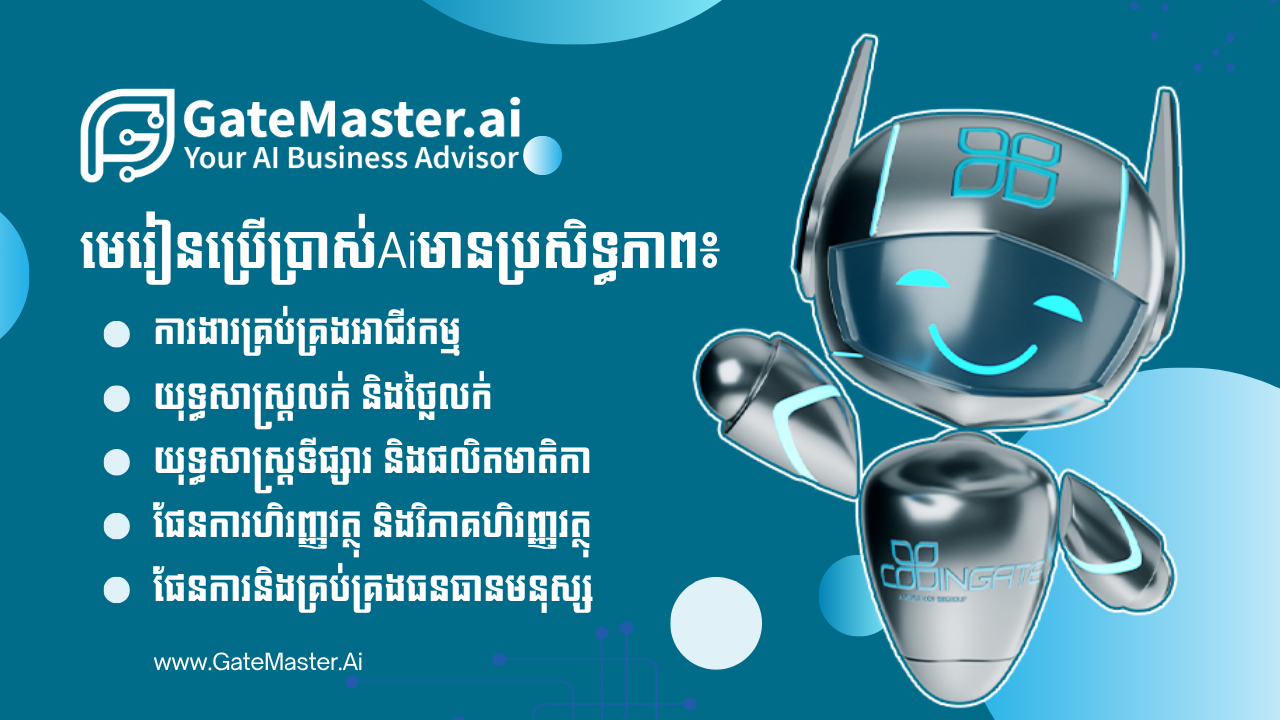
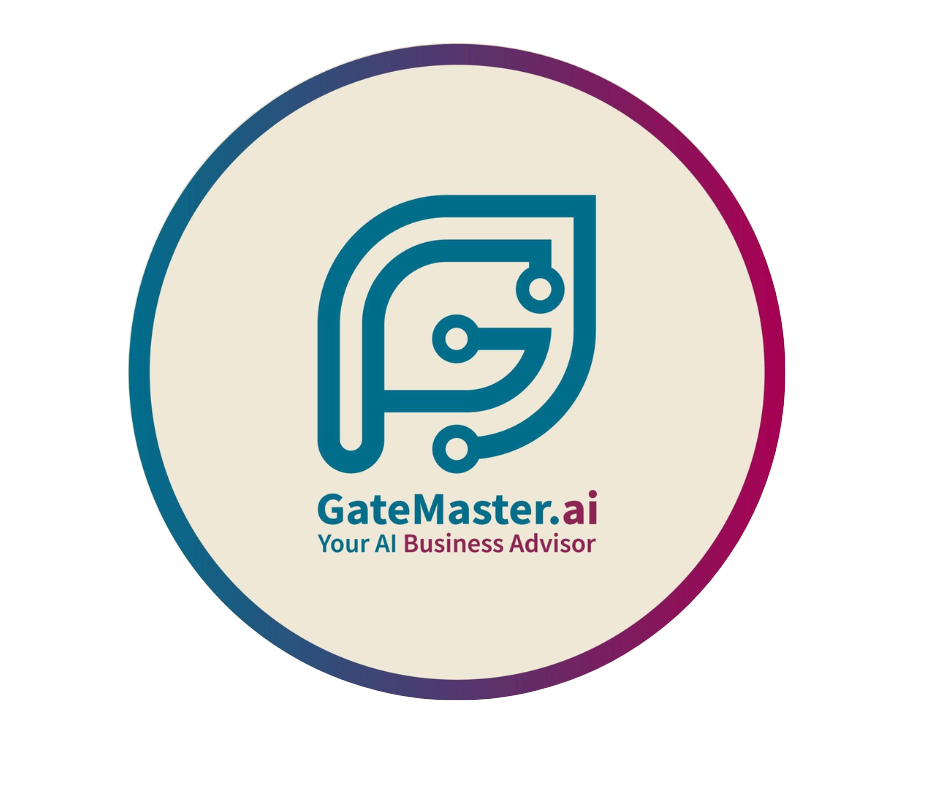 Phearin Master Trainer
Phearin Master Trainer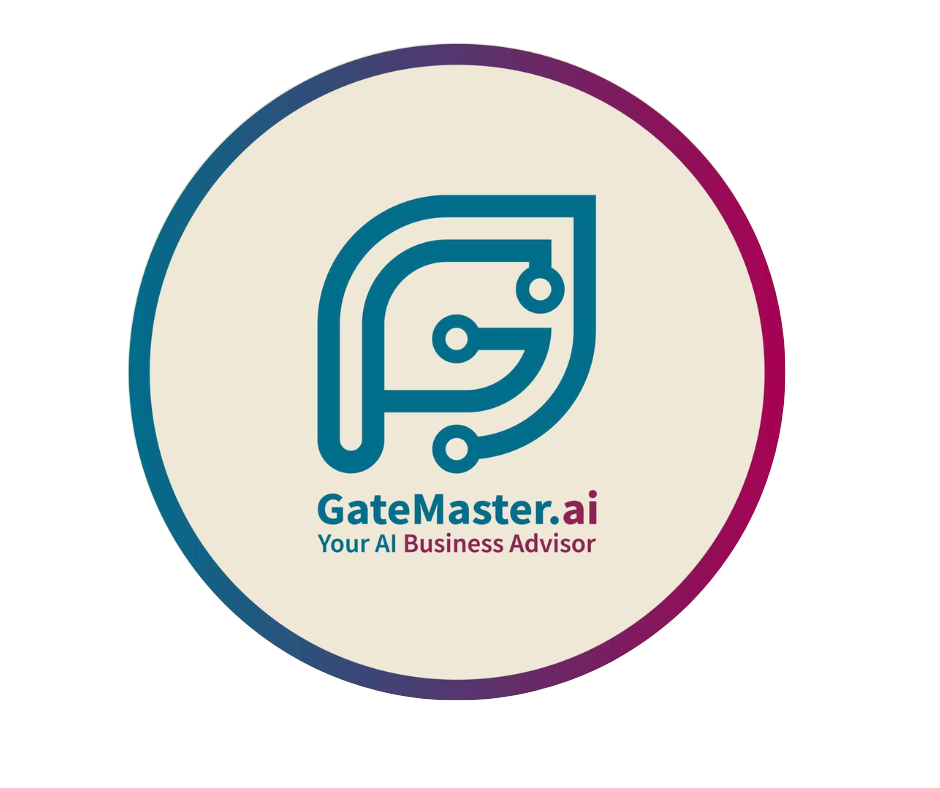
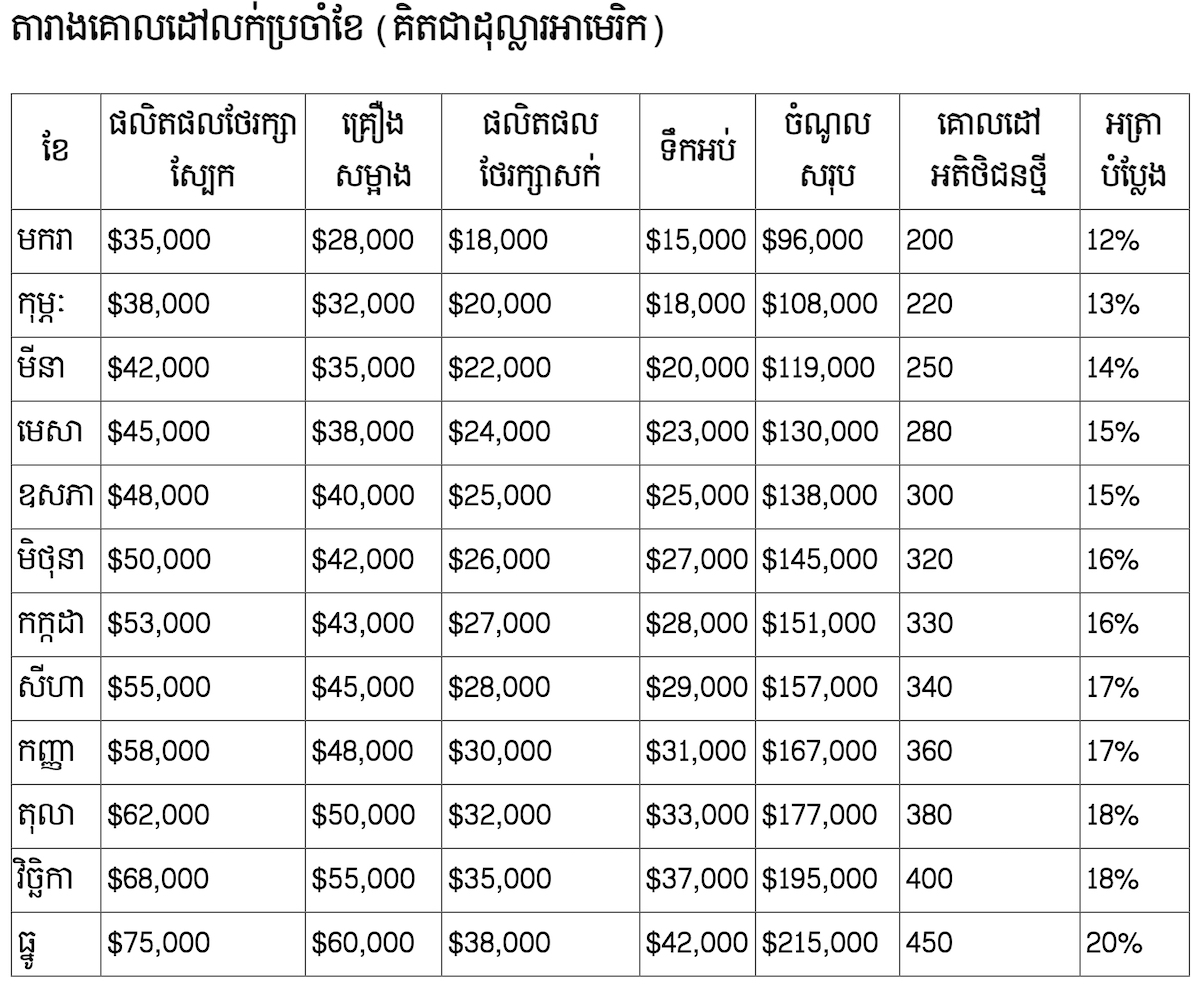
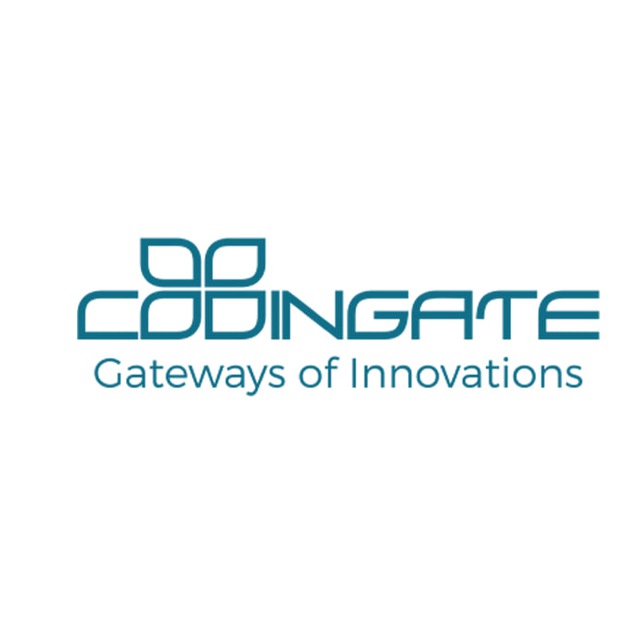 GateMaster.ai
GateMaster.ai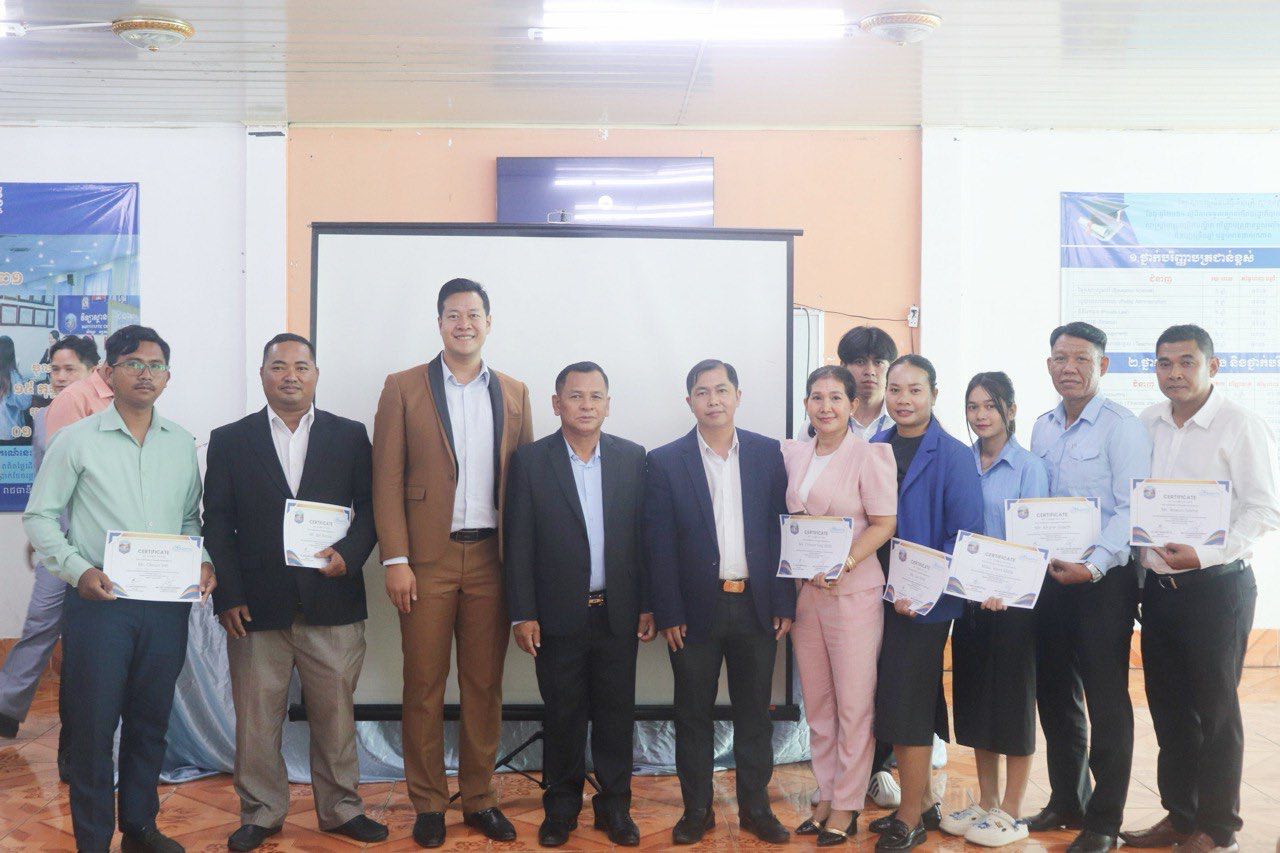
 GateMaster.ai Admin
GateMaster.ai Admin